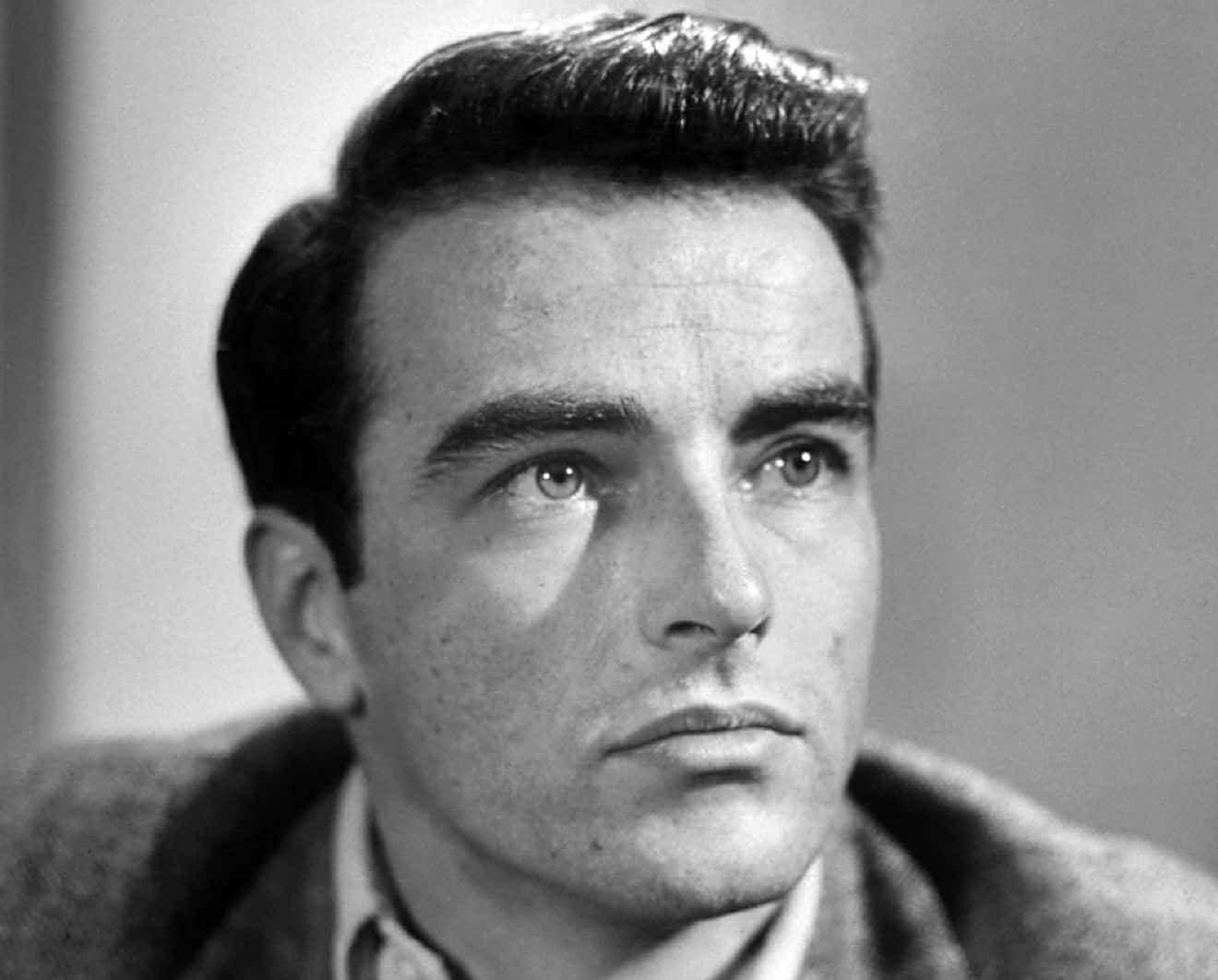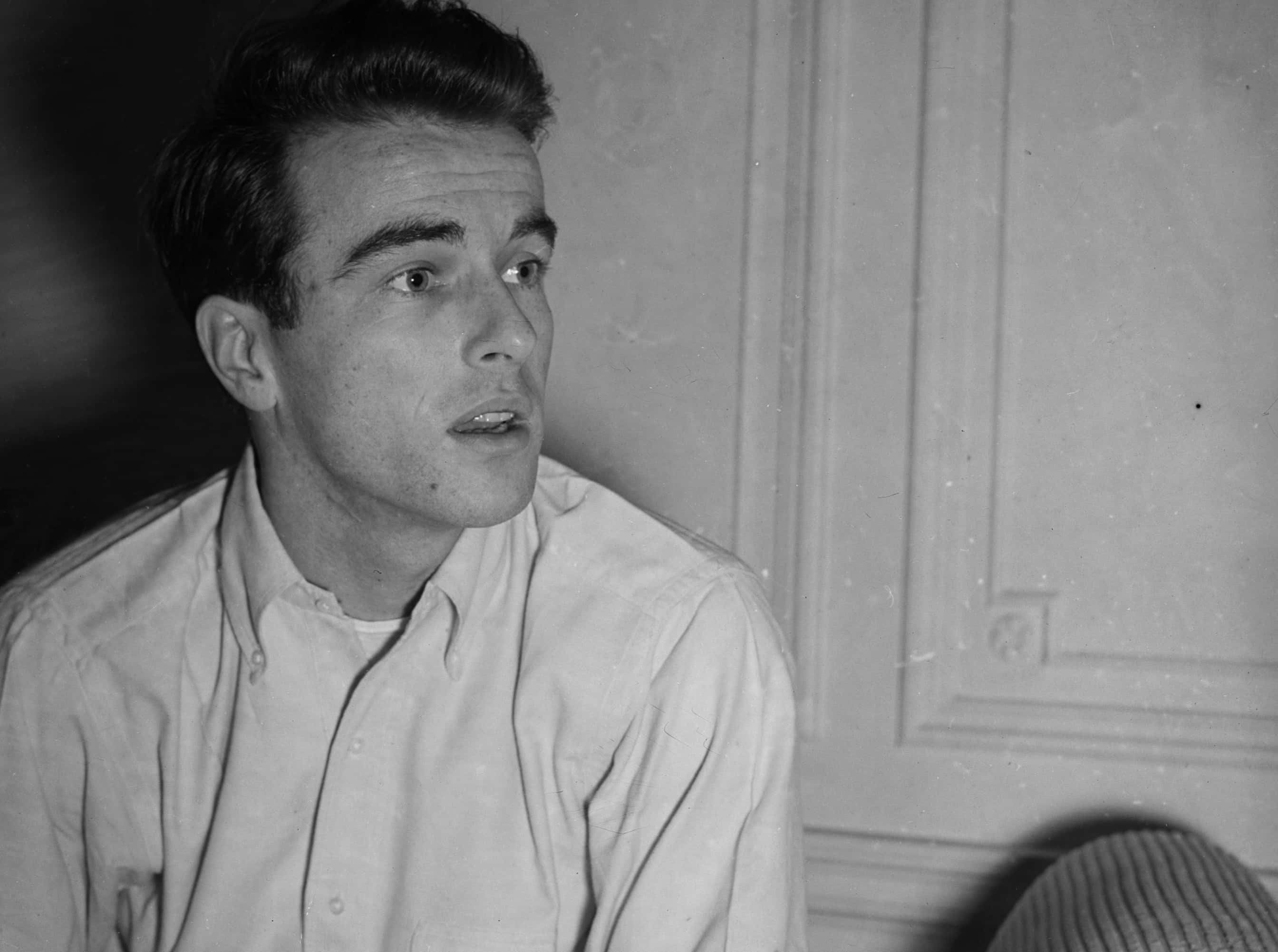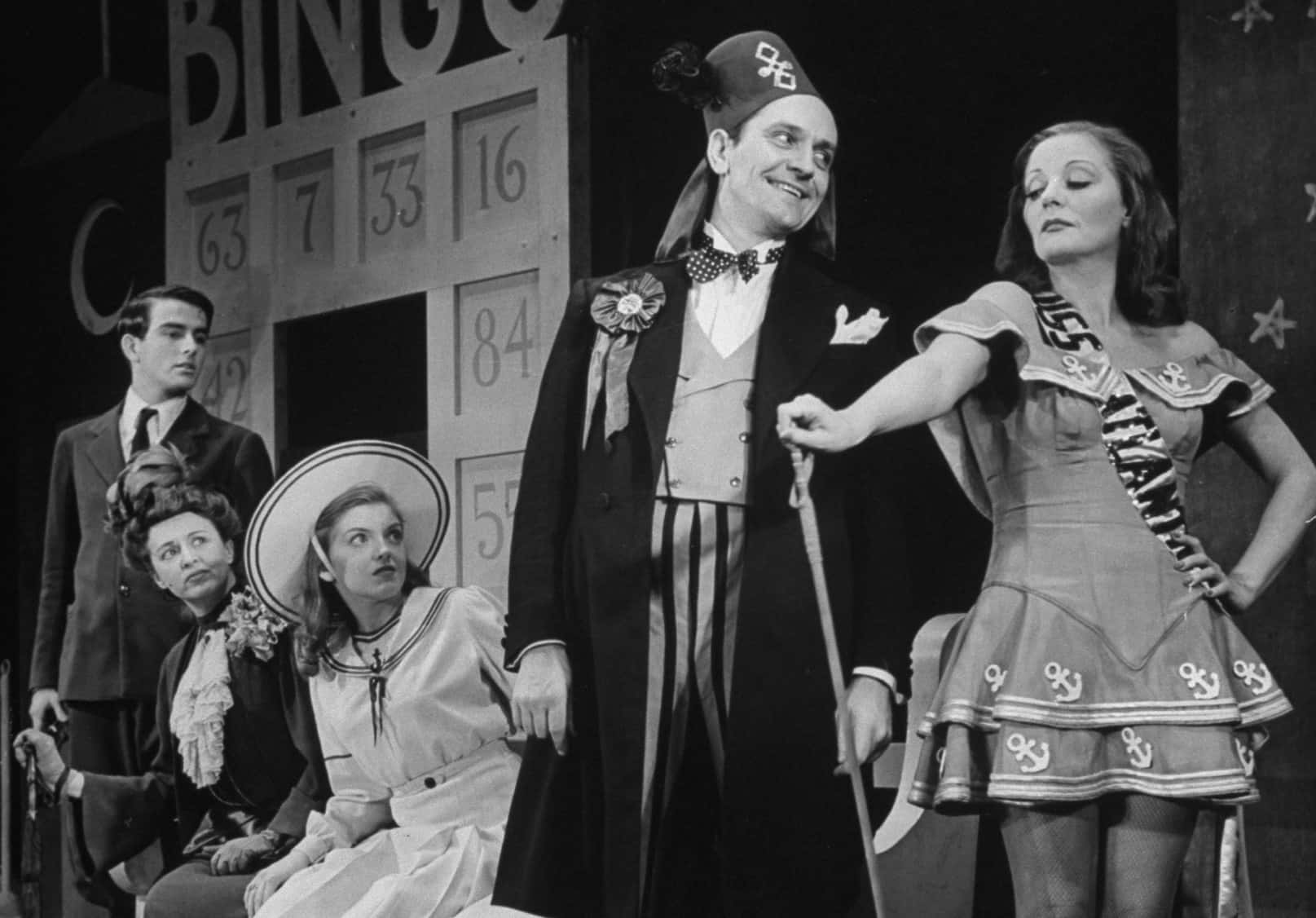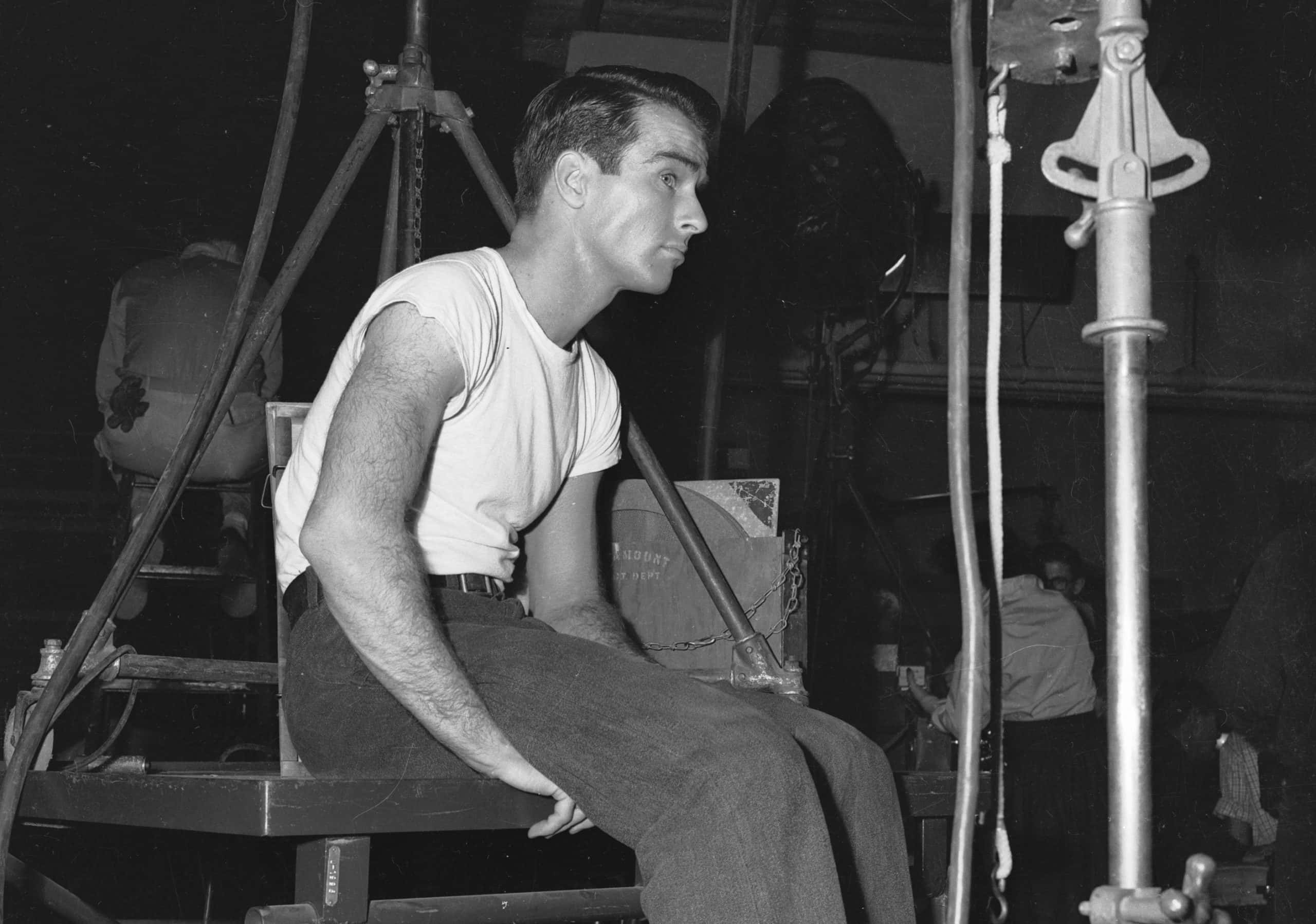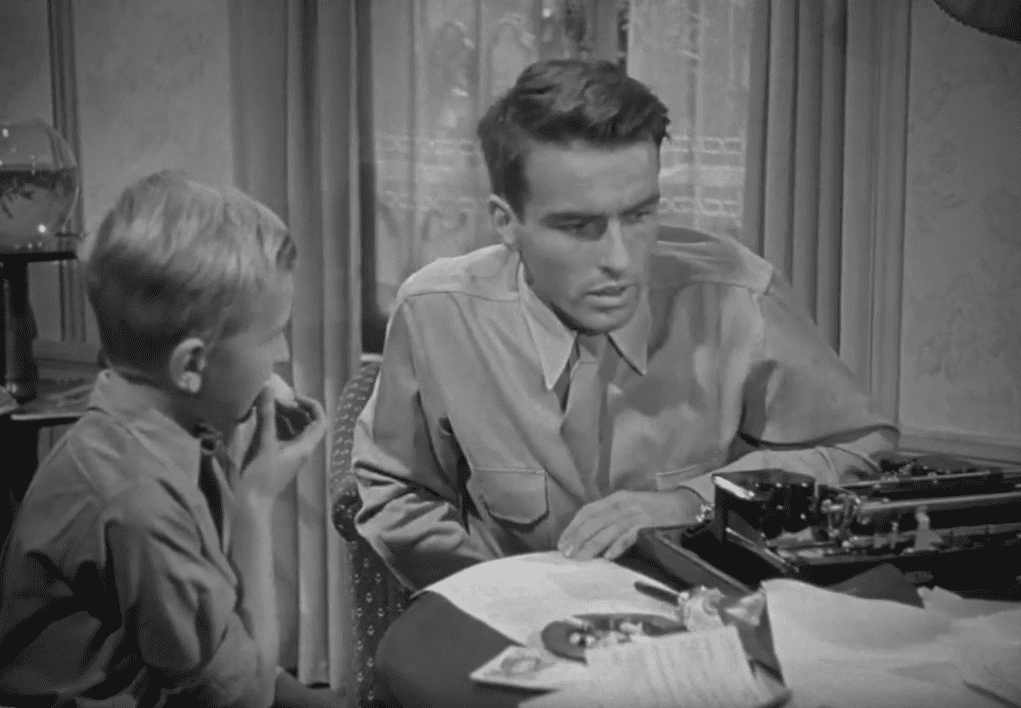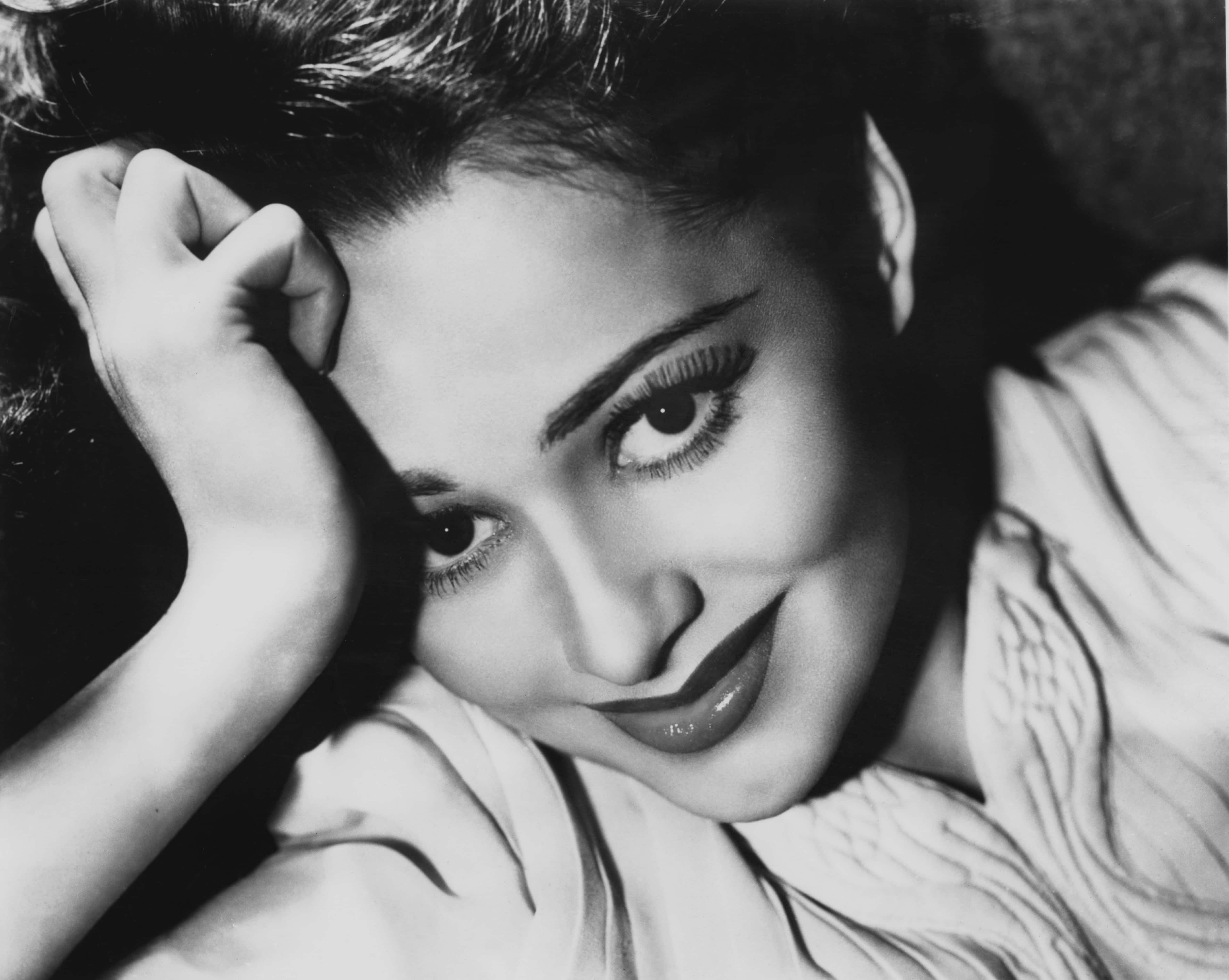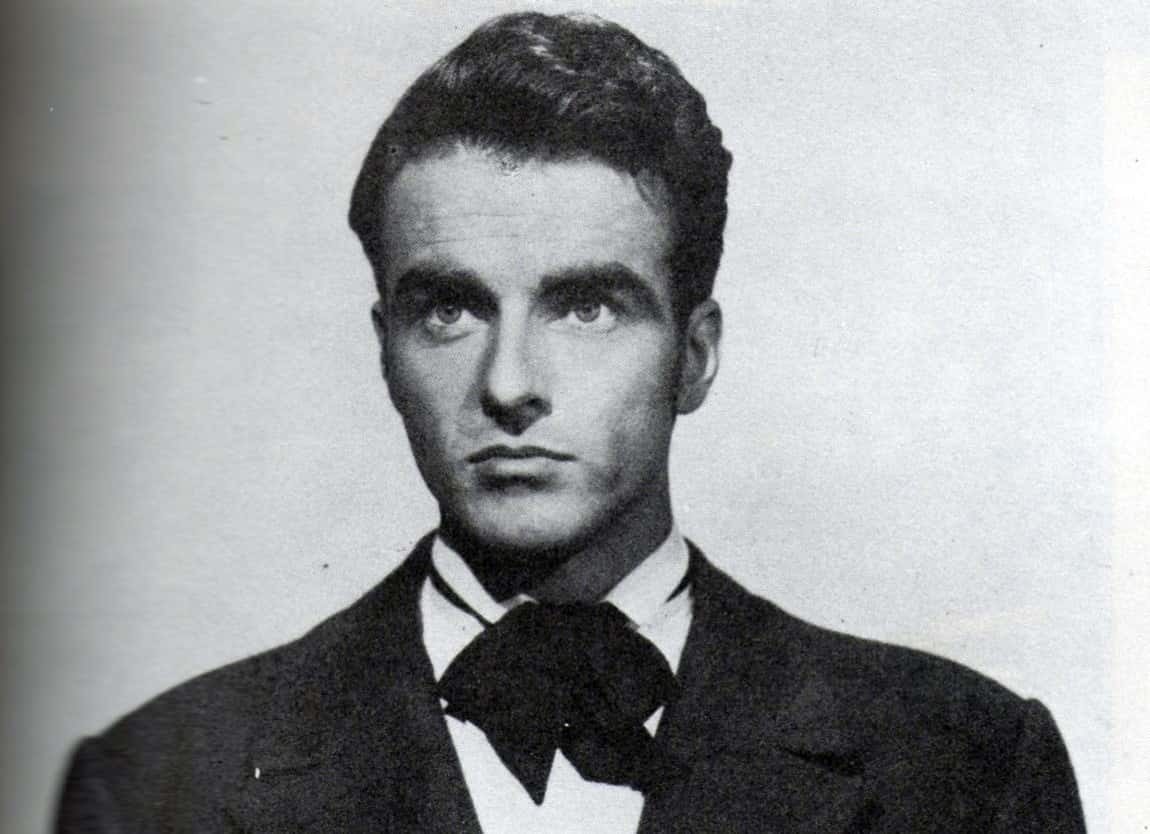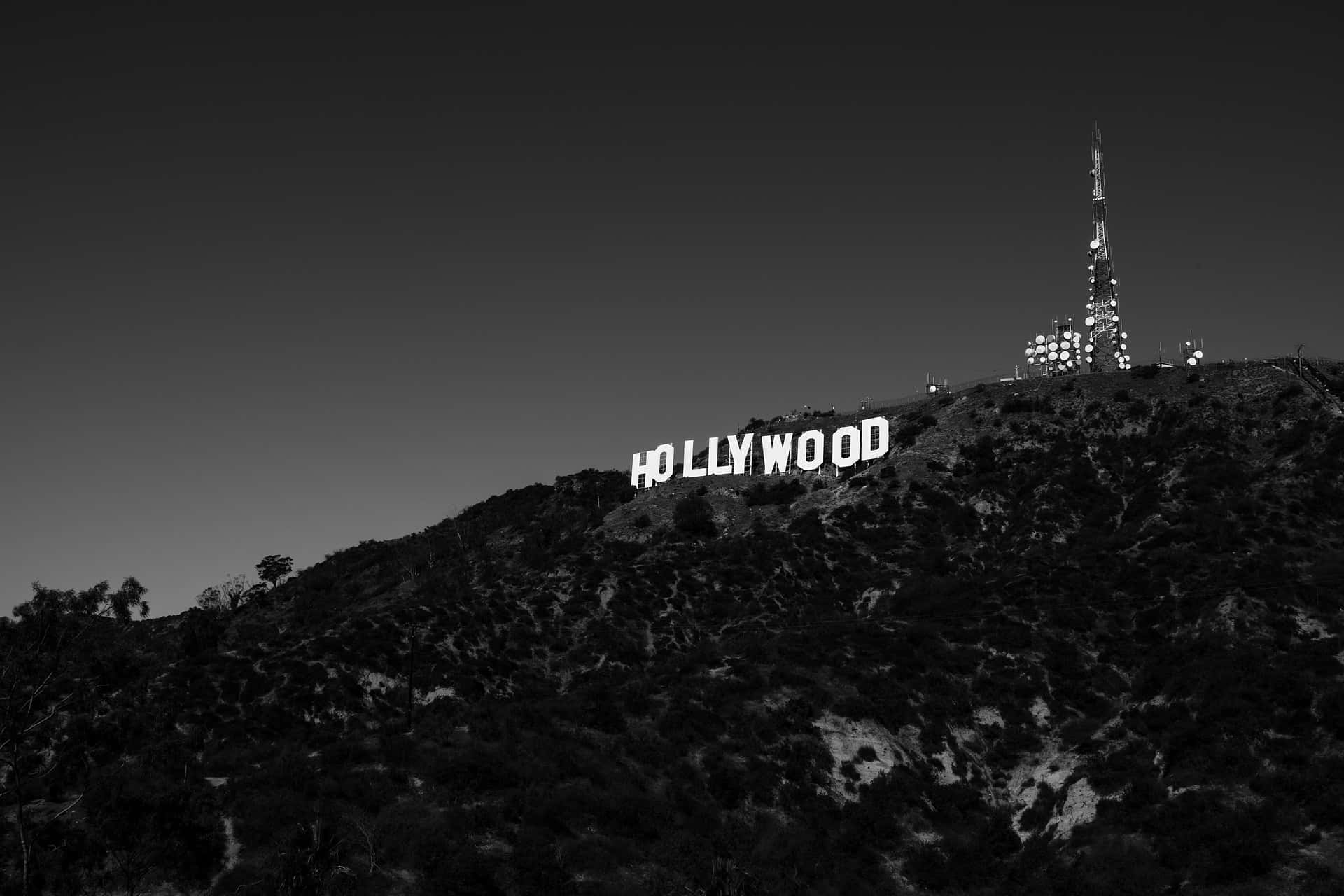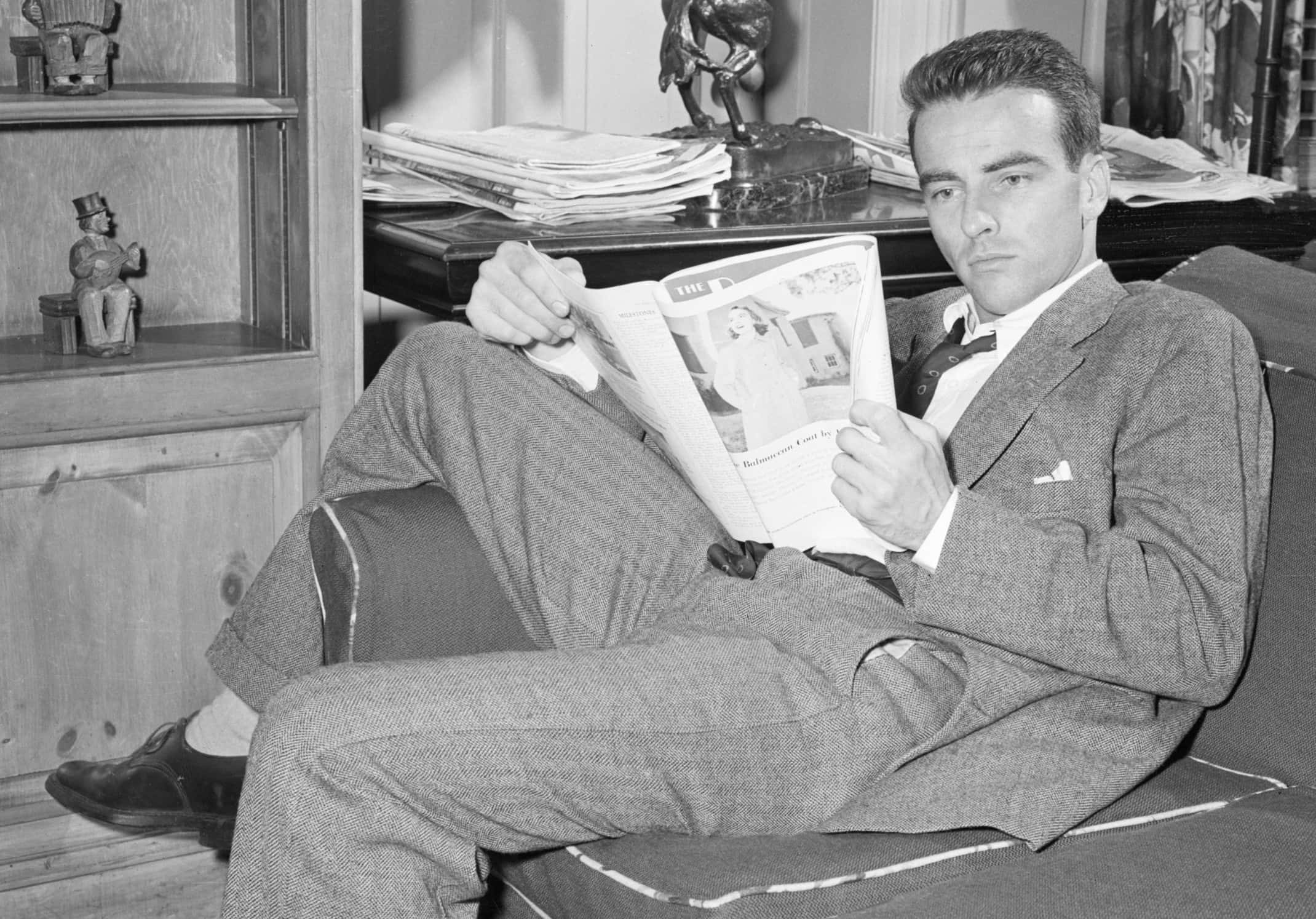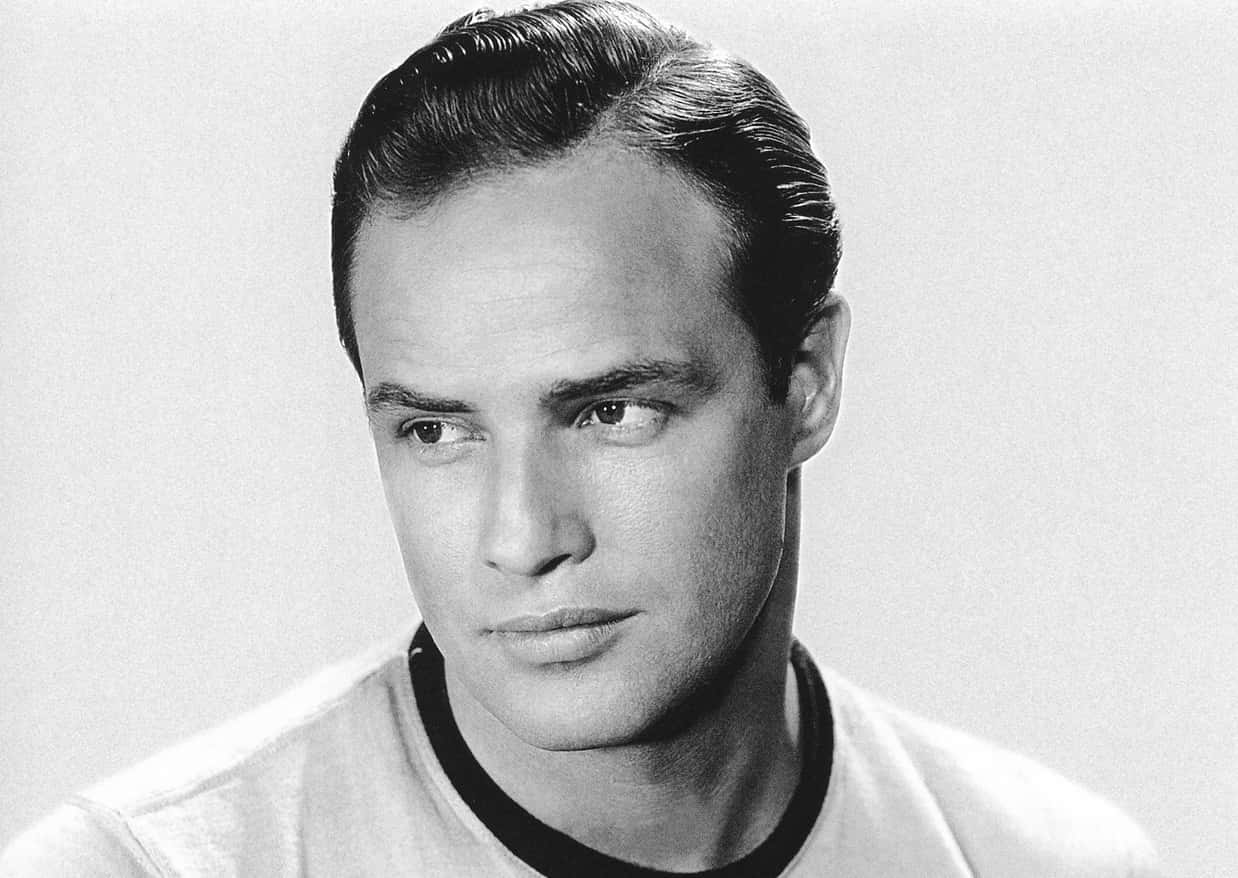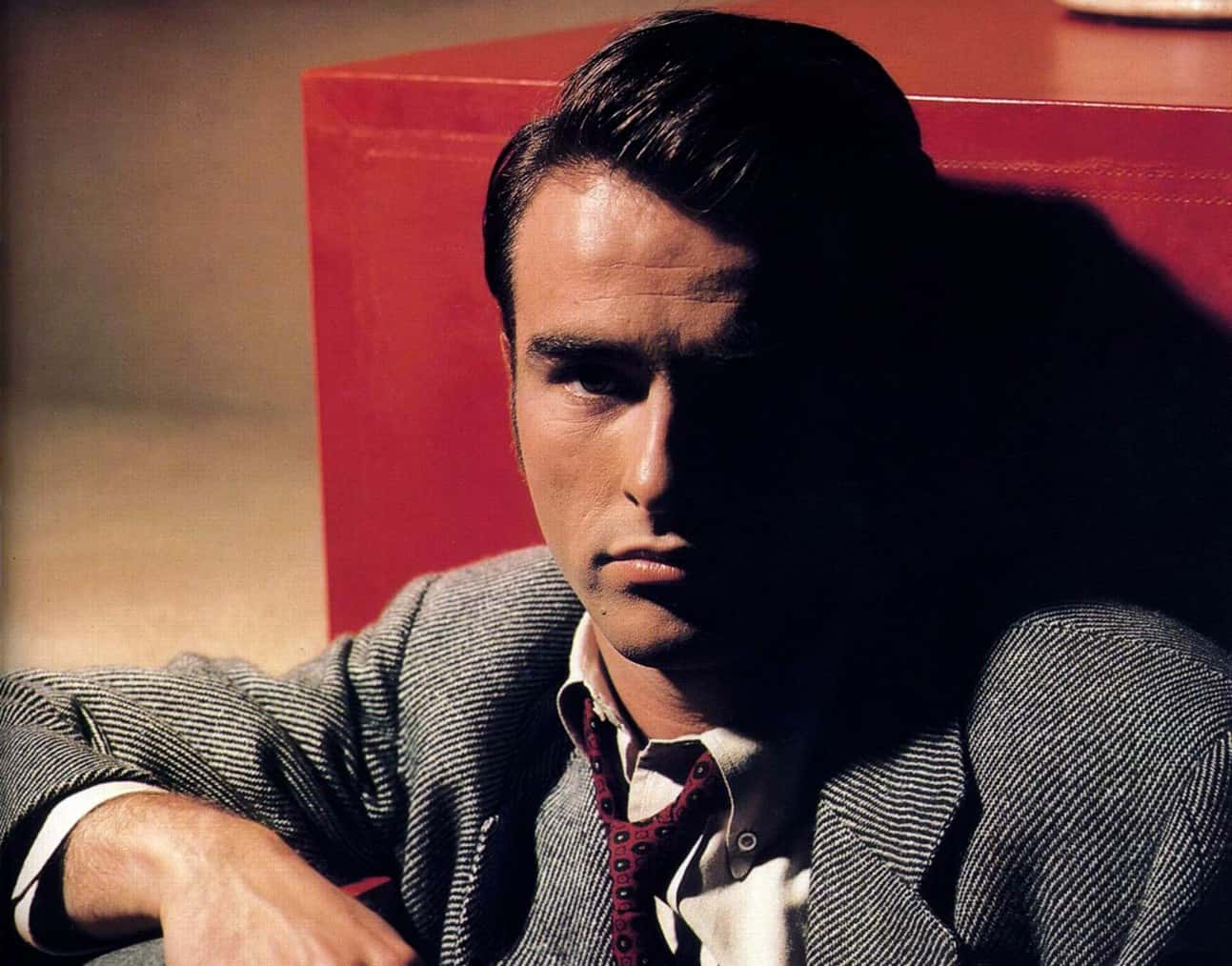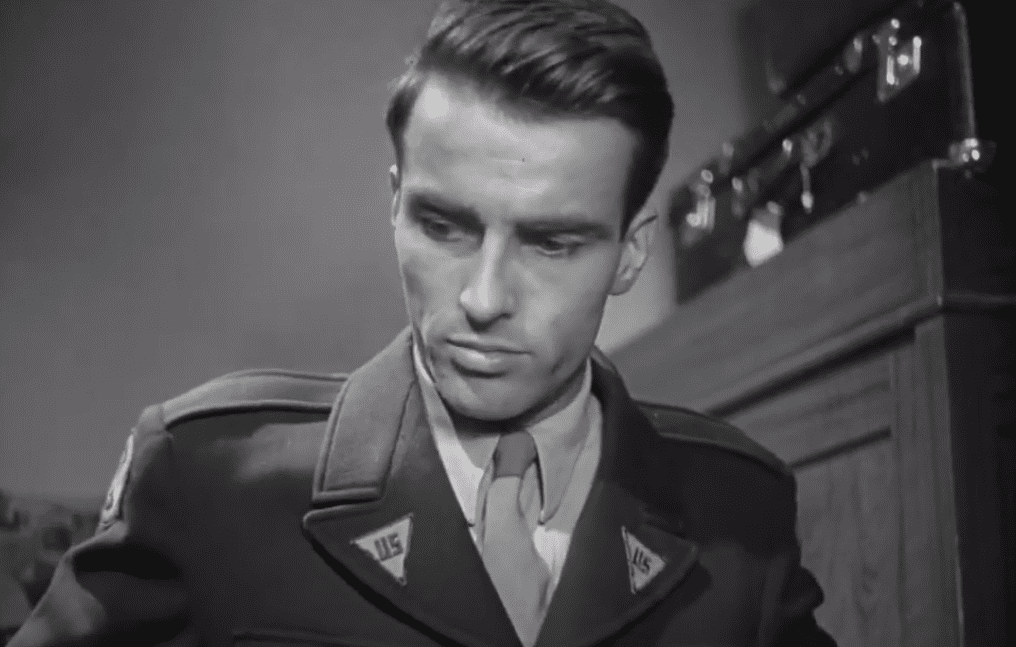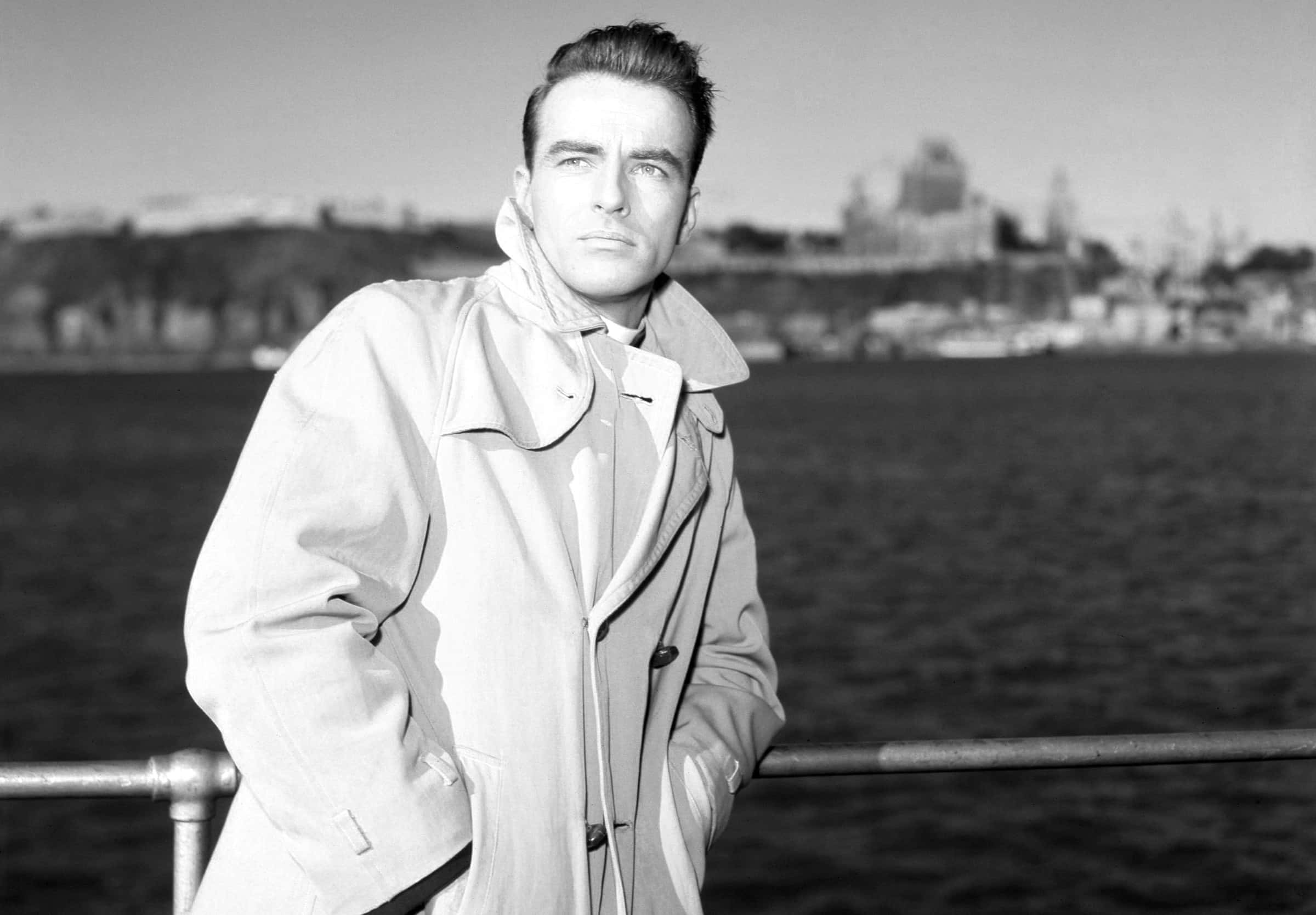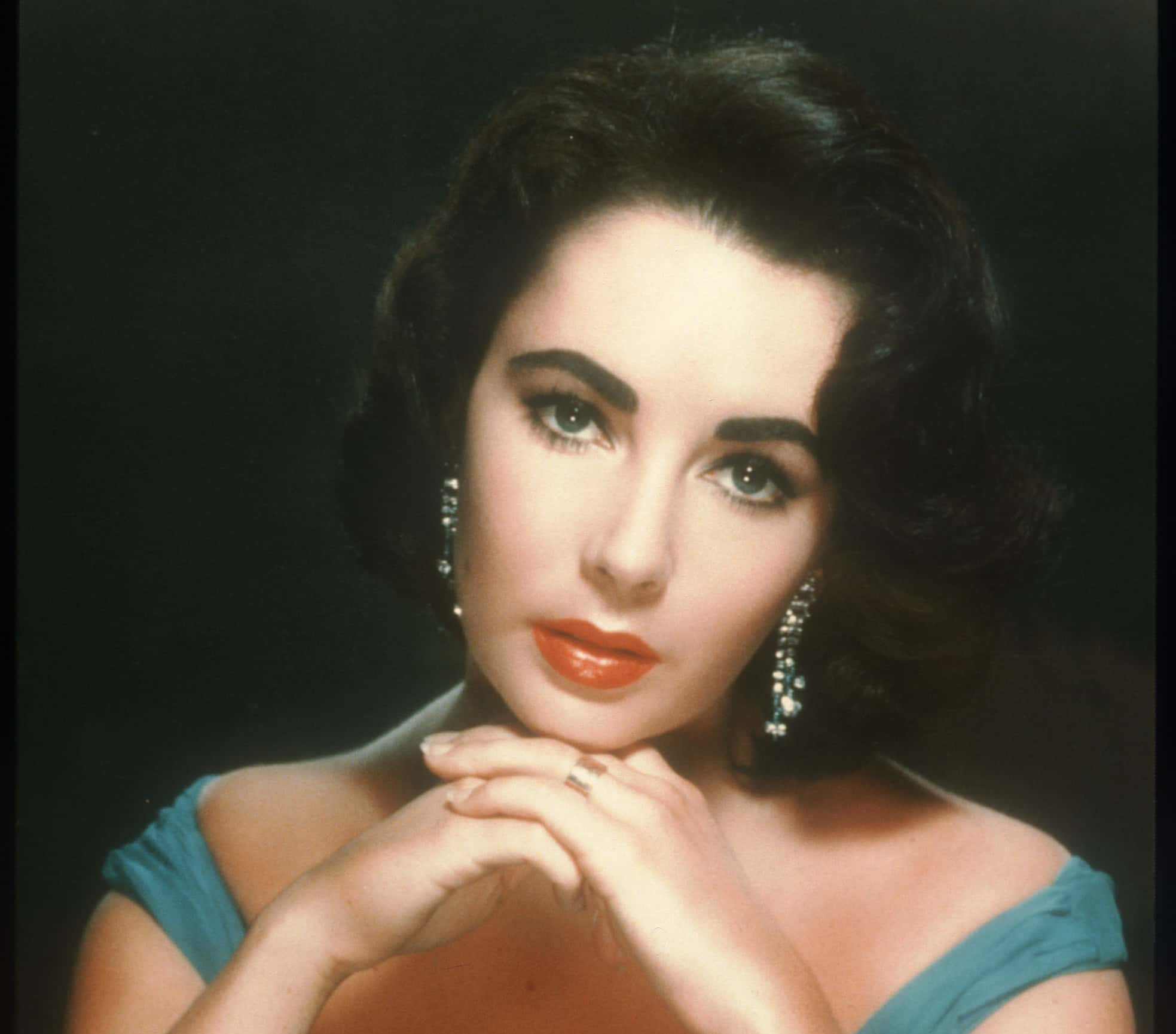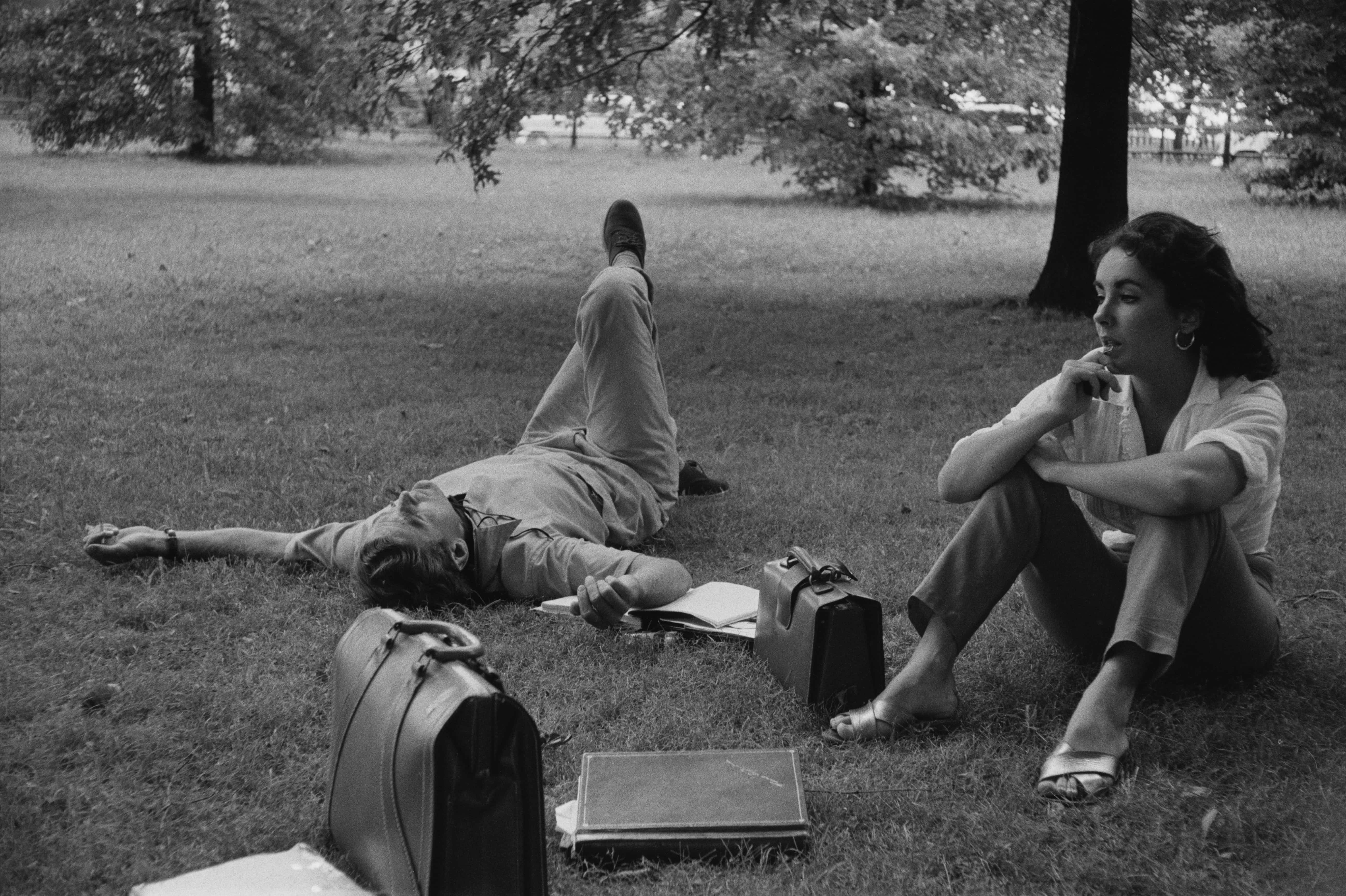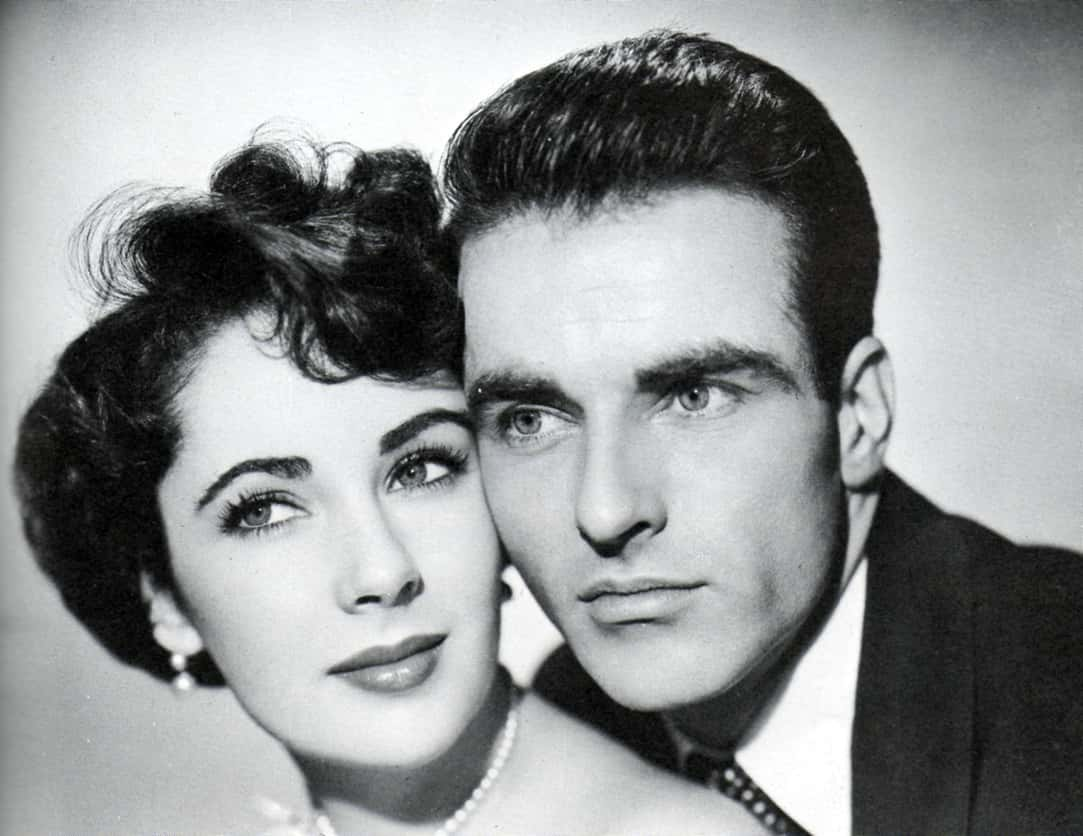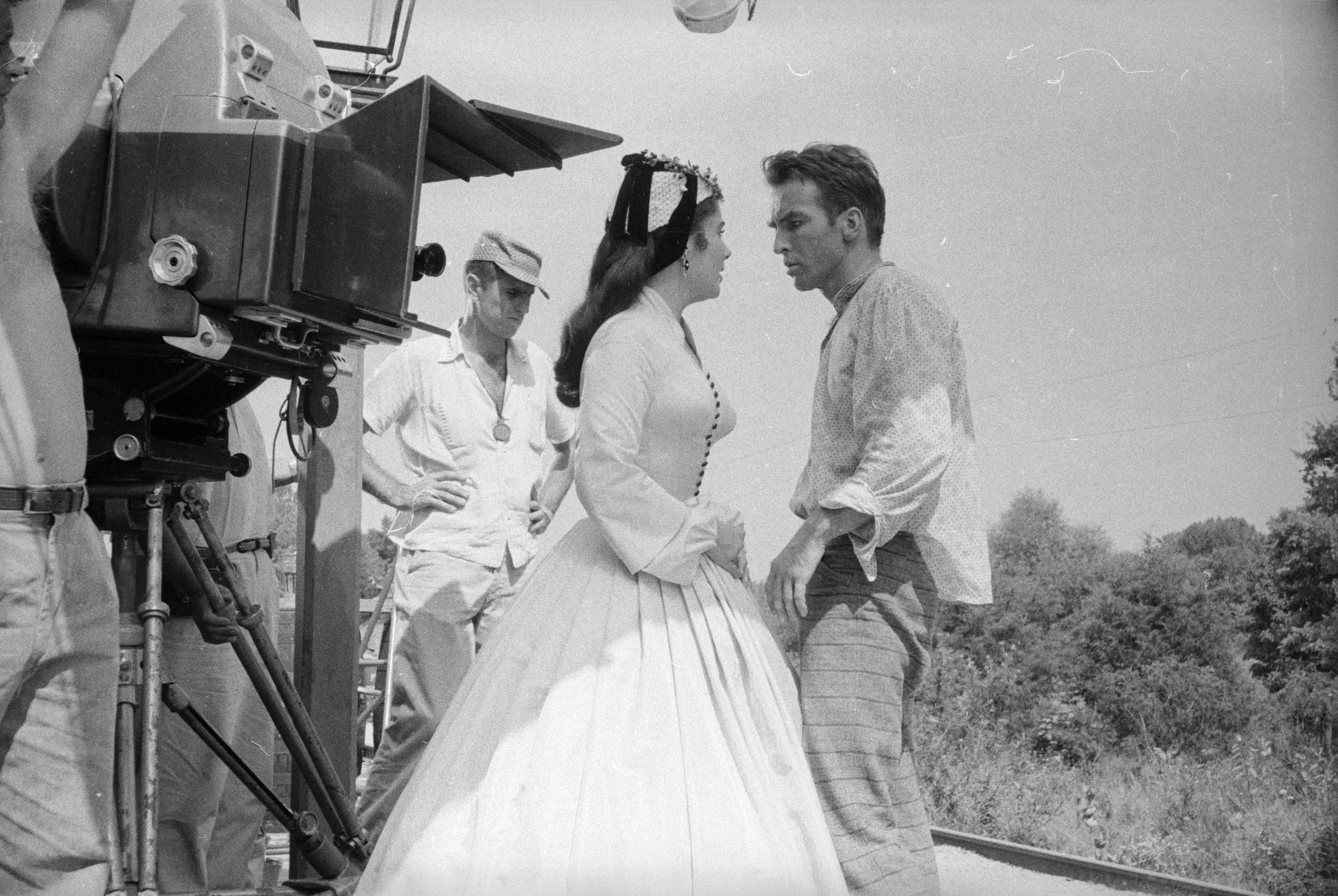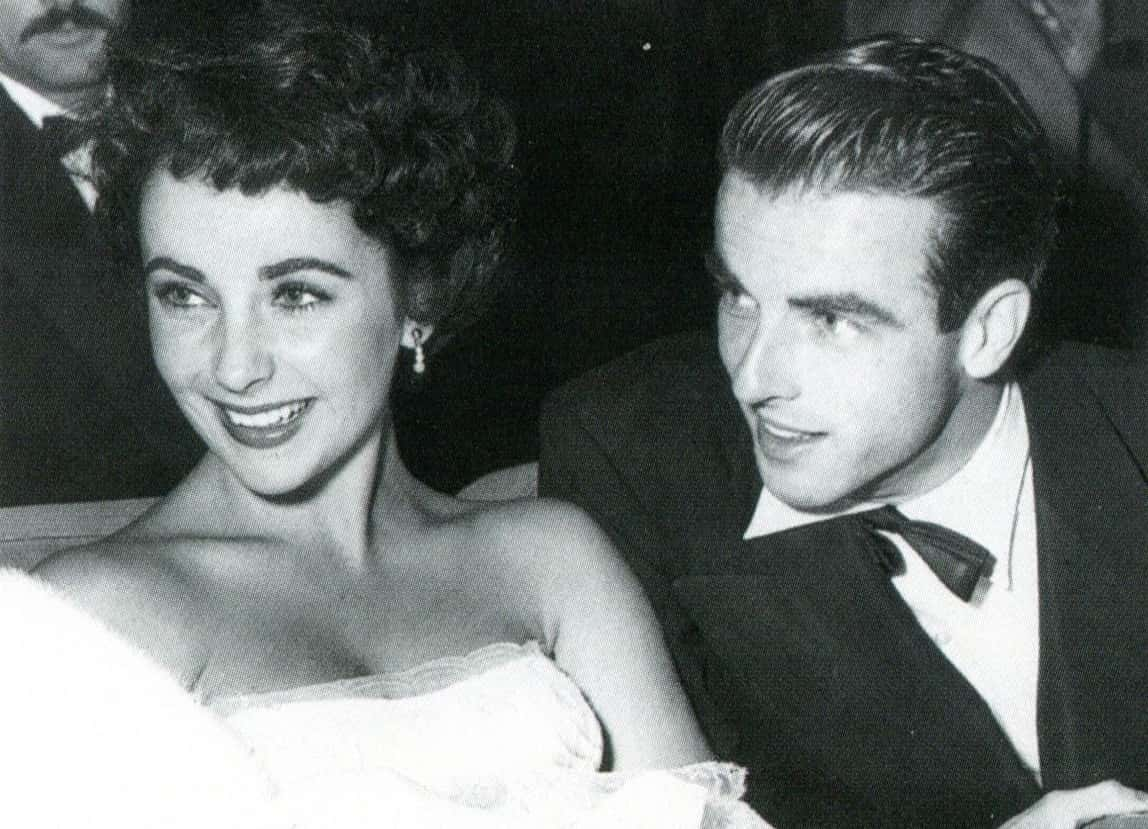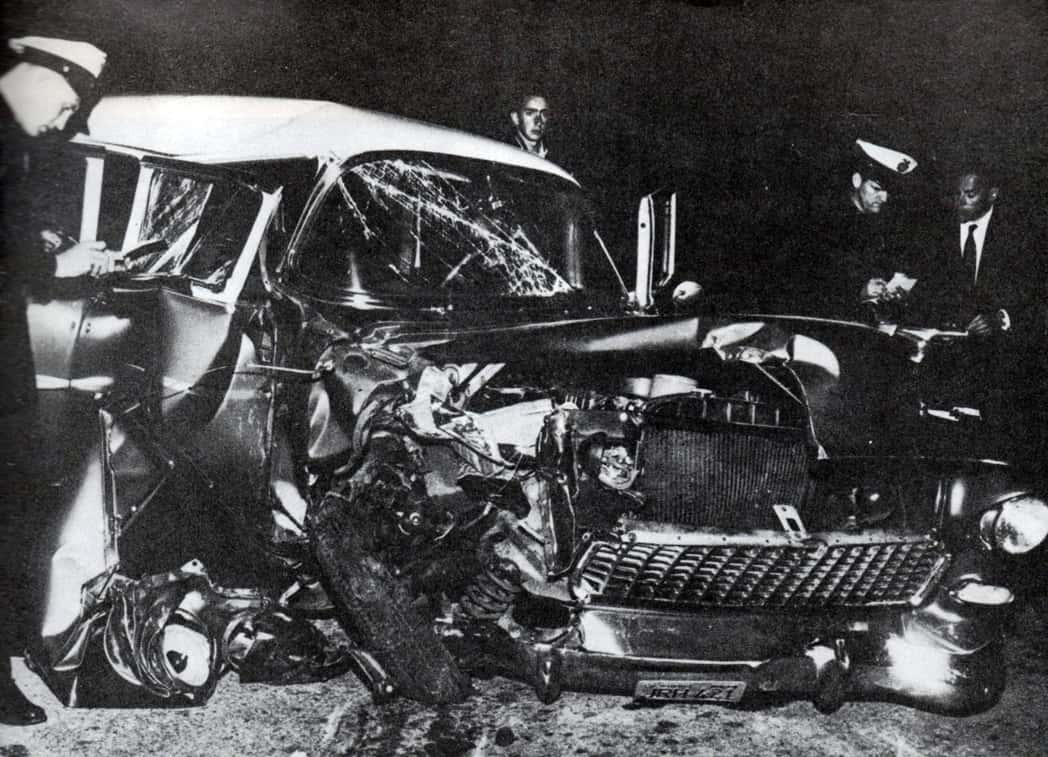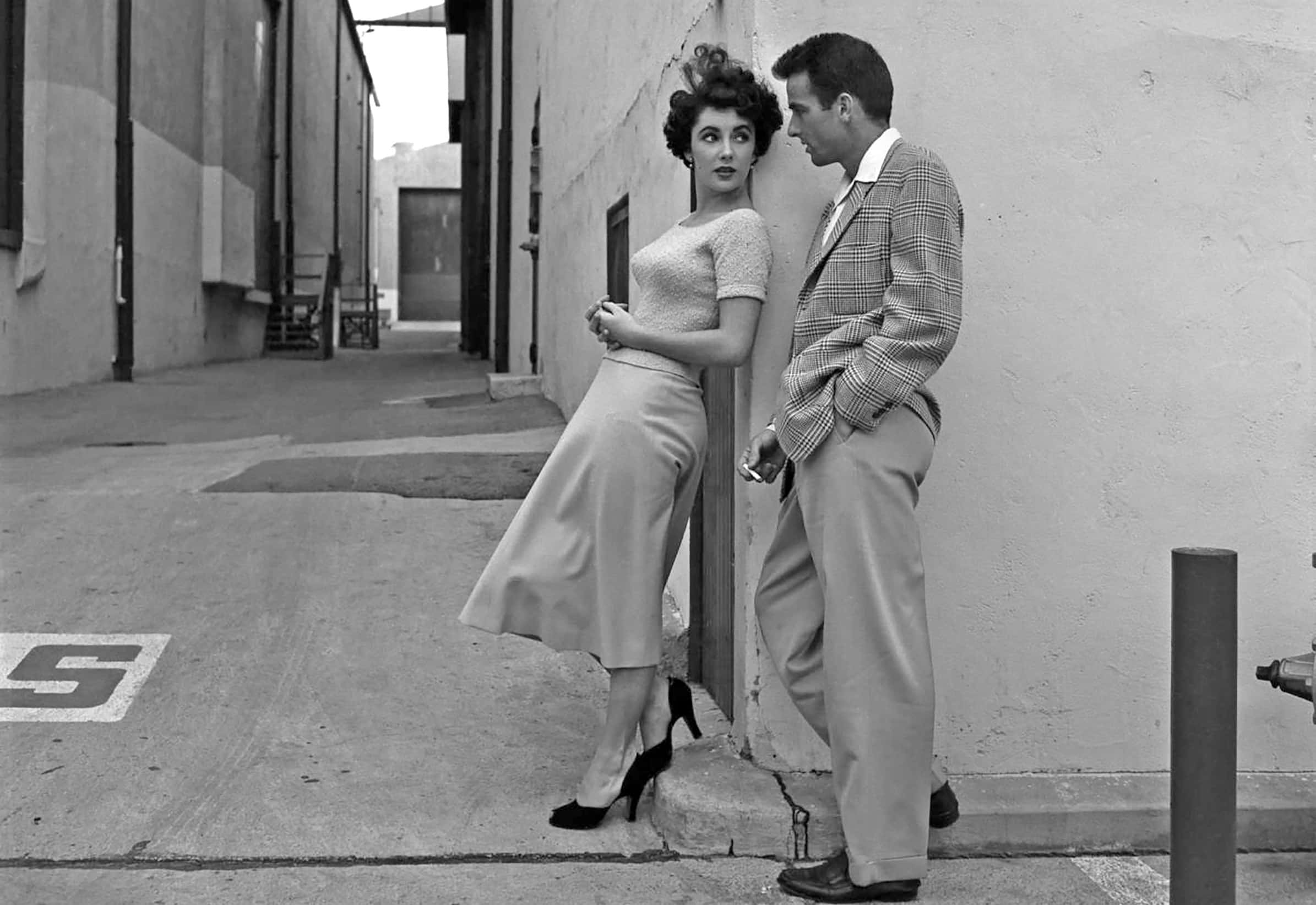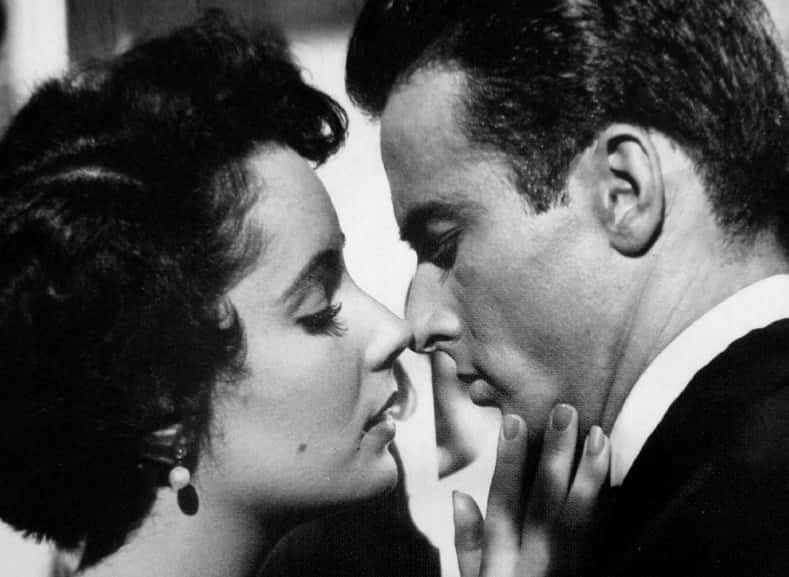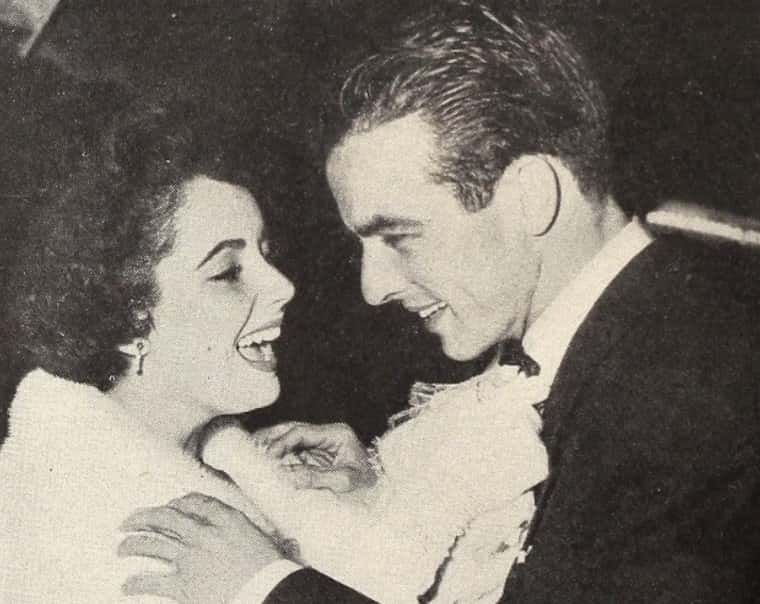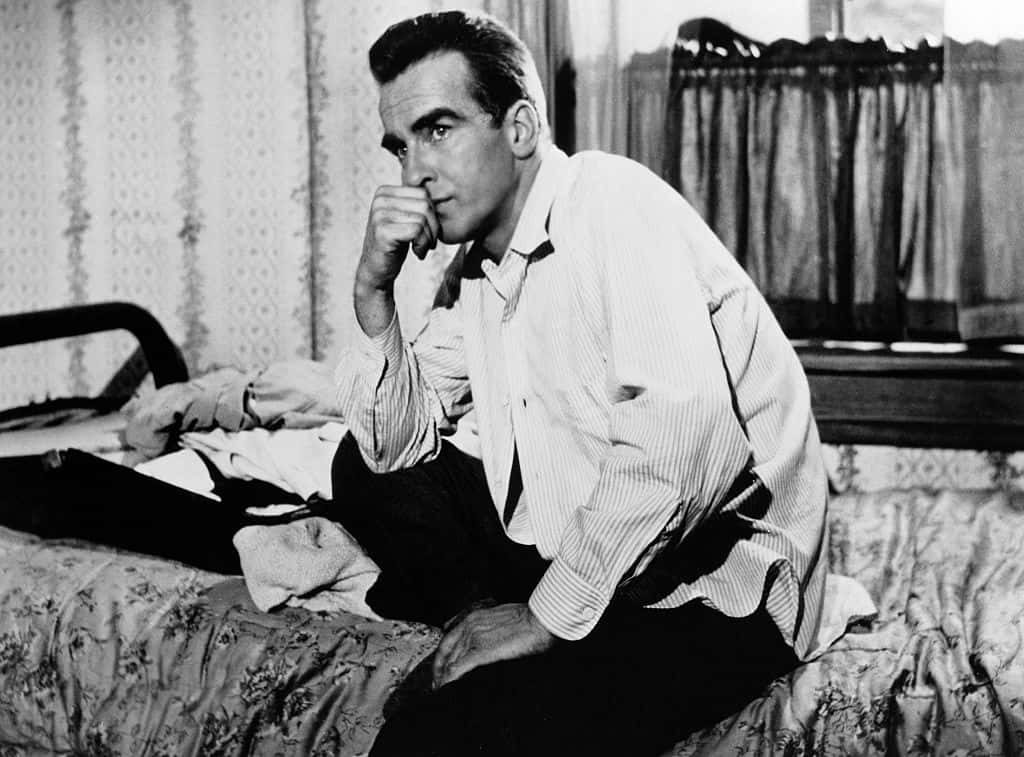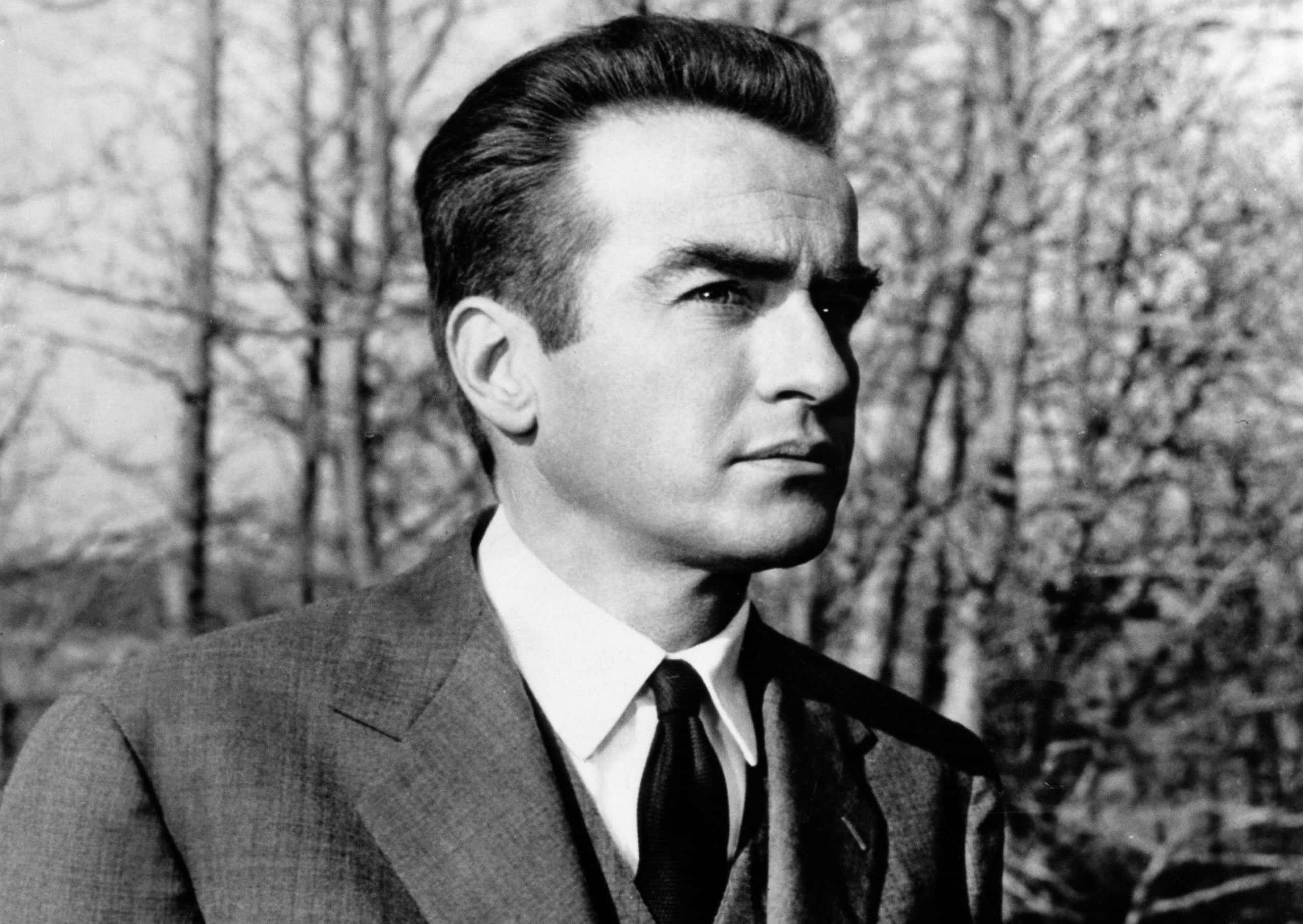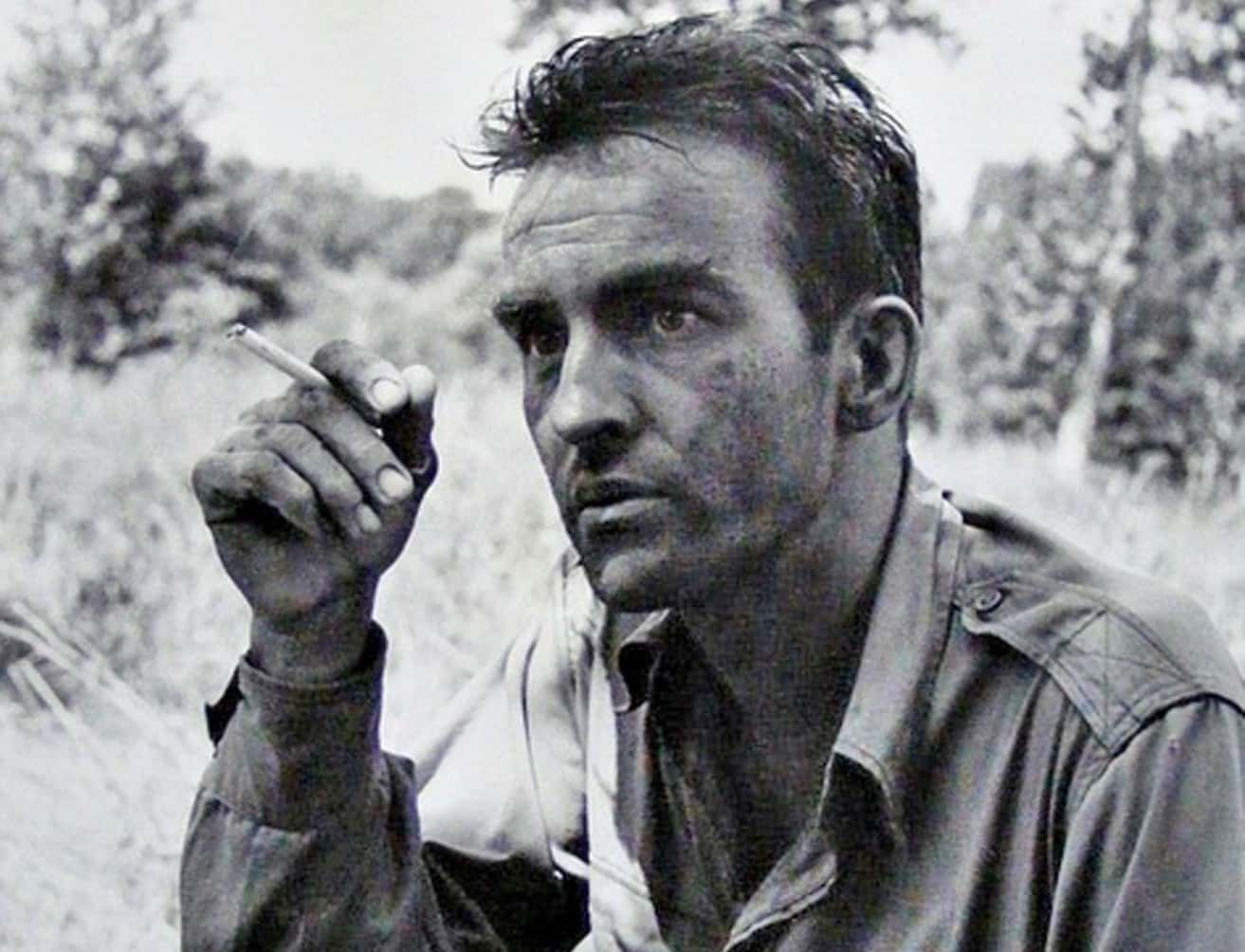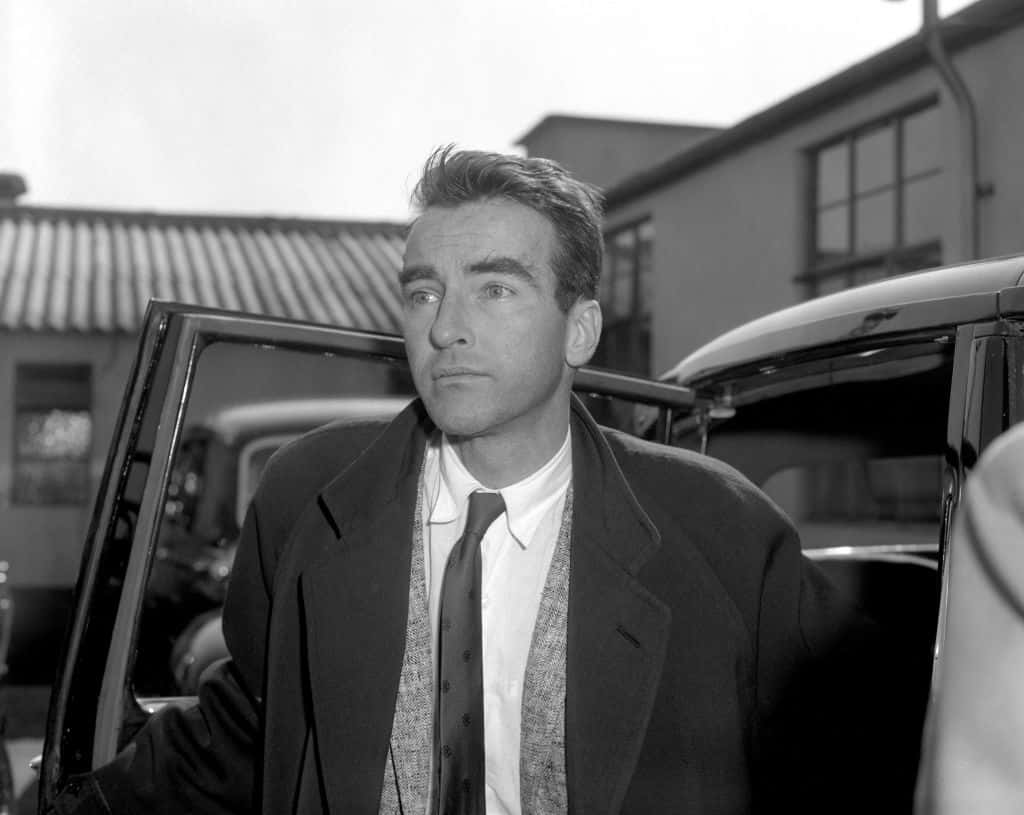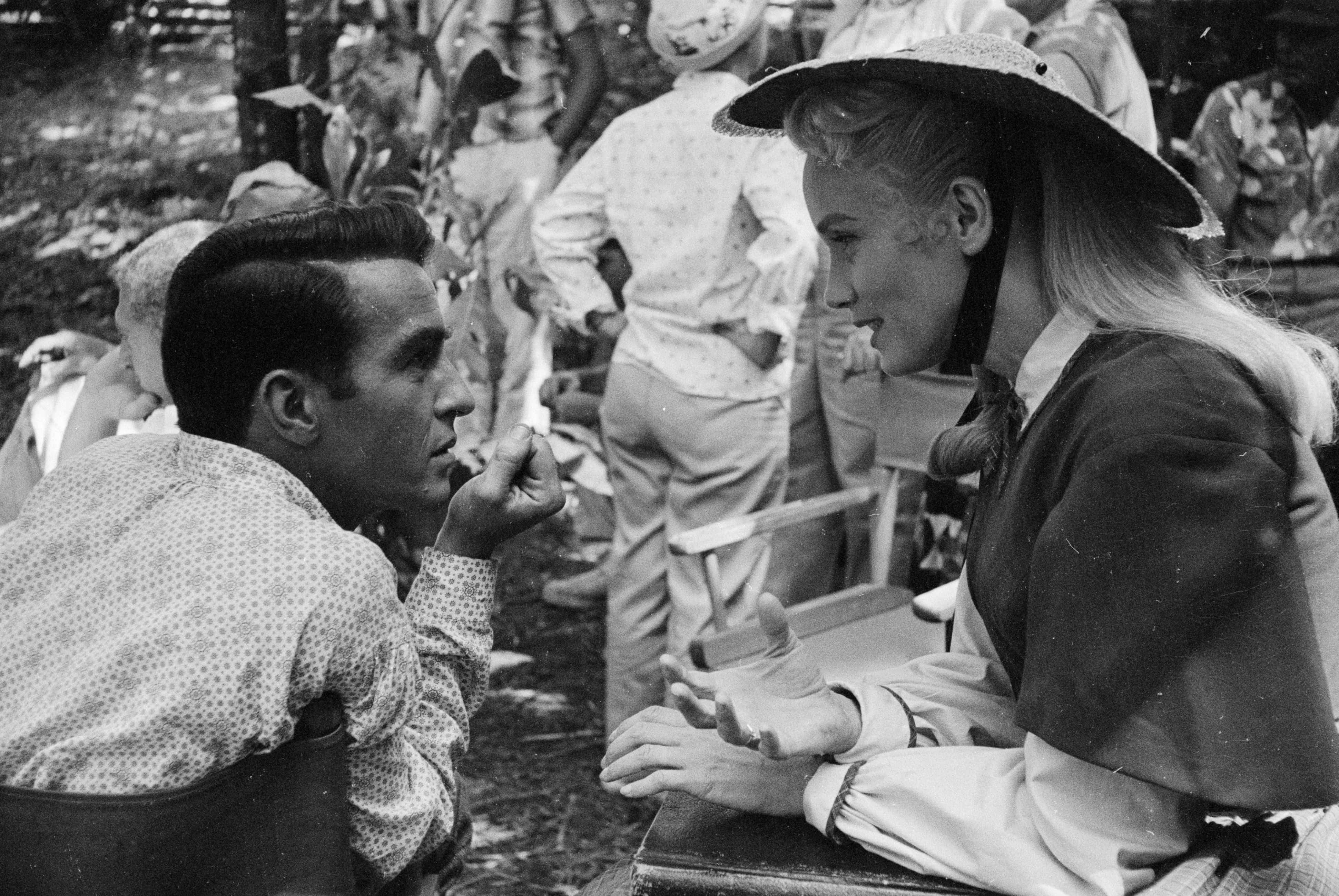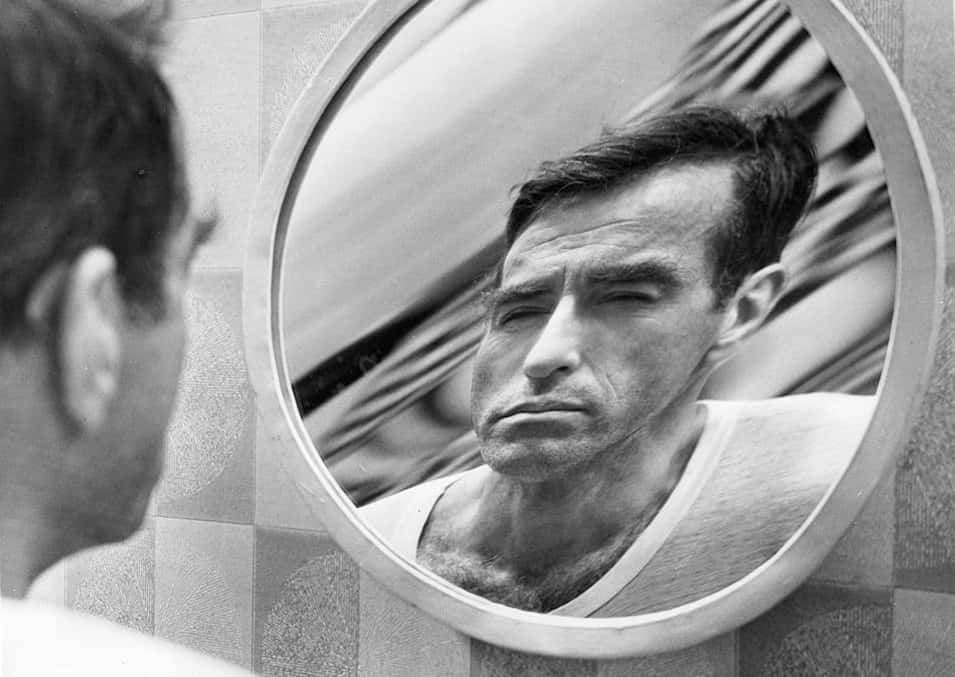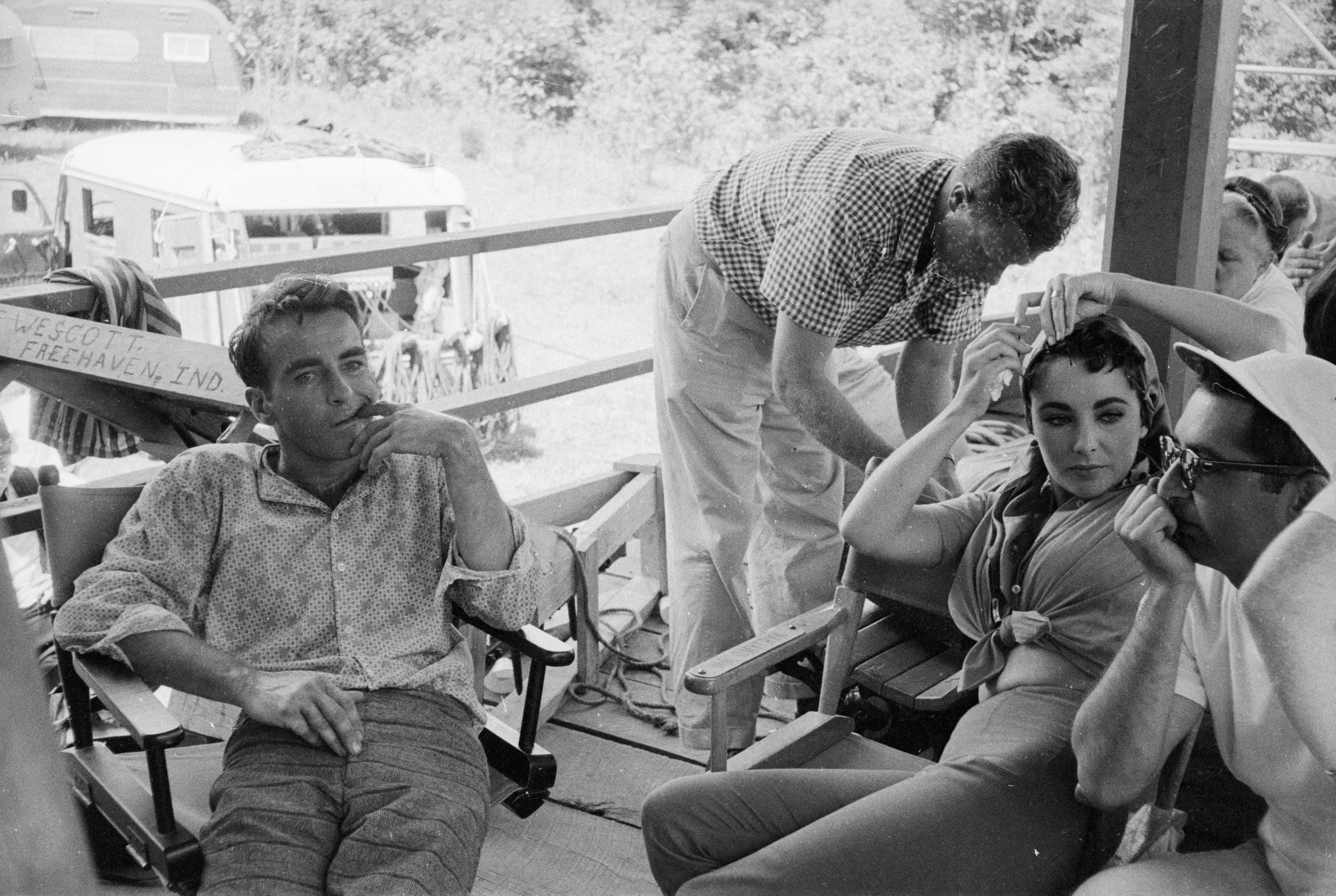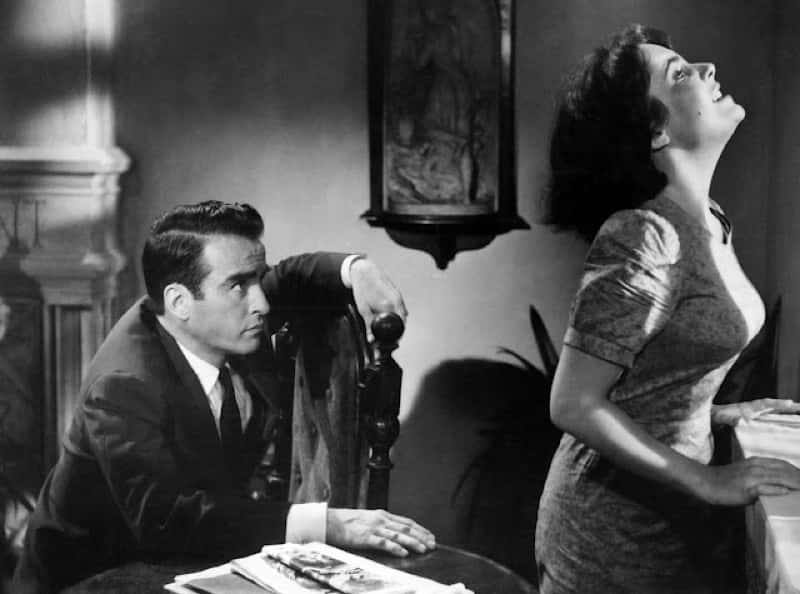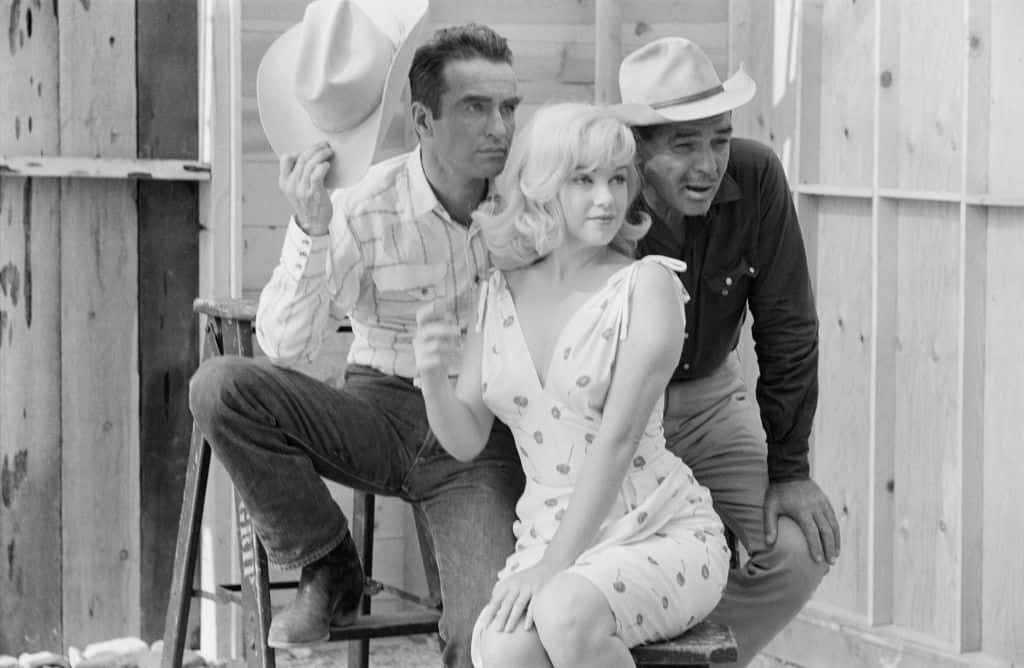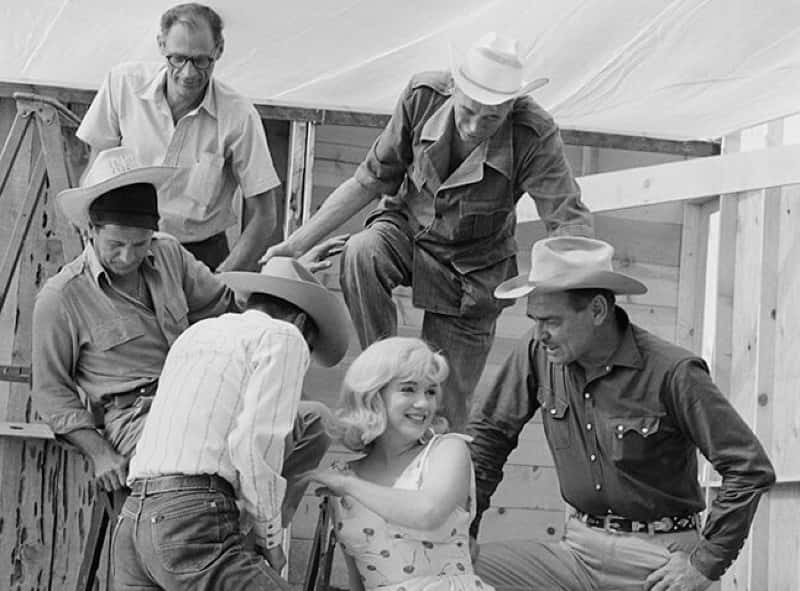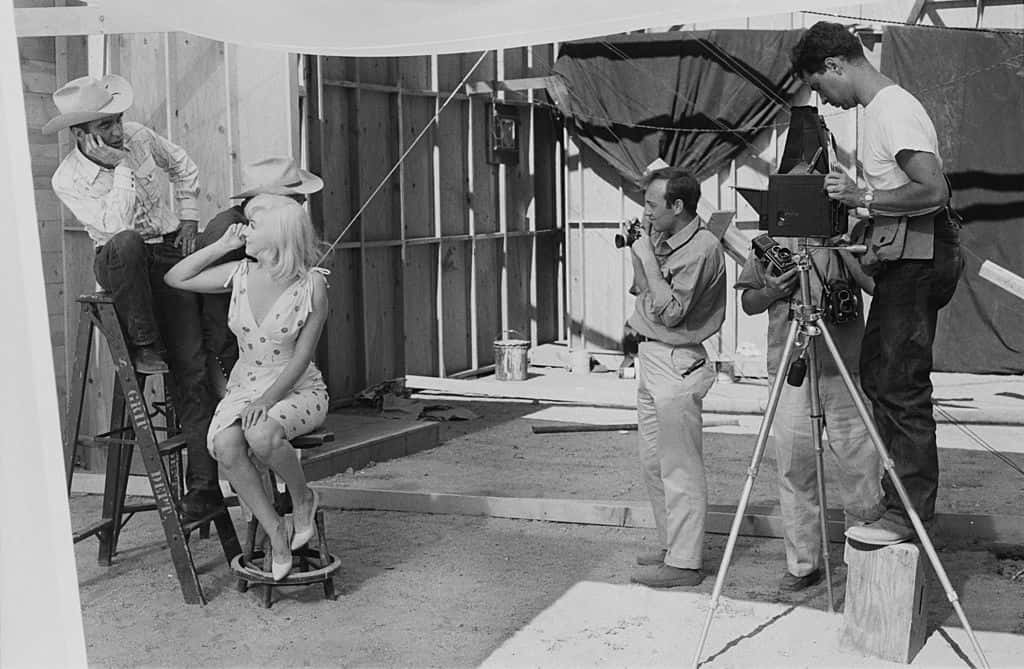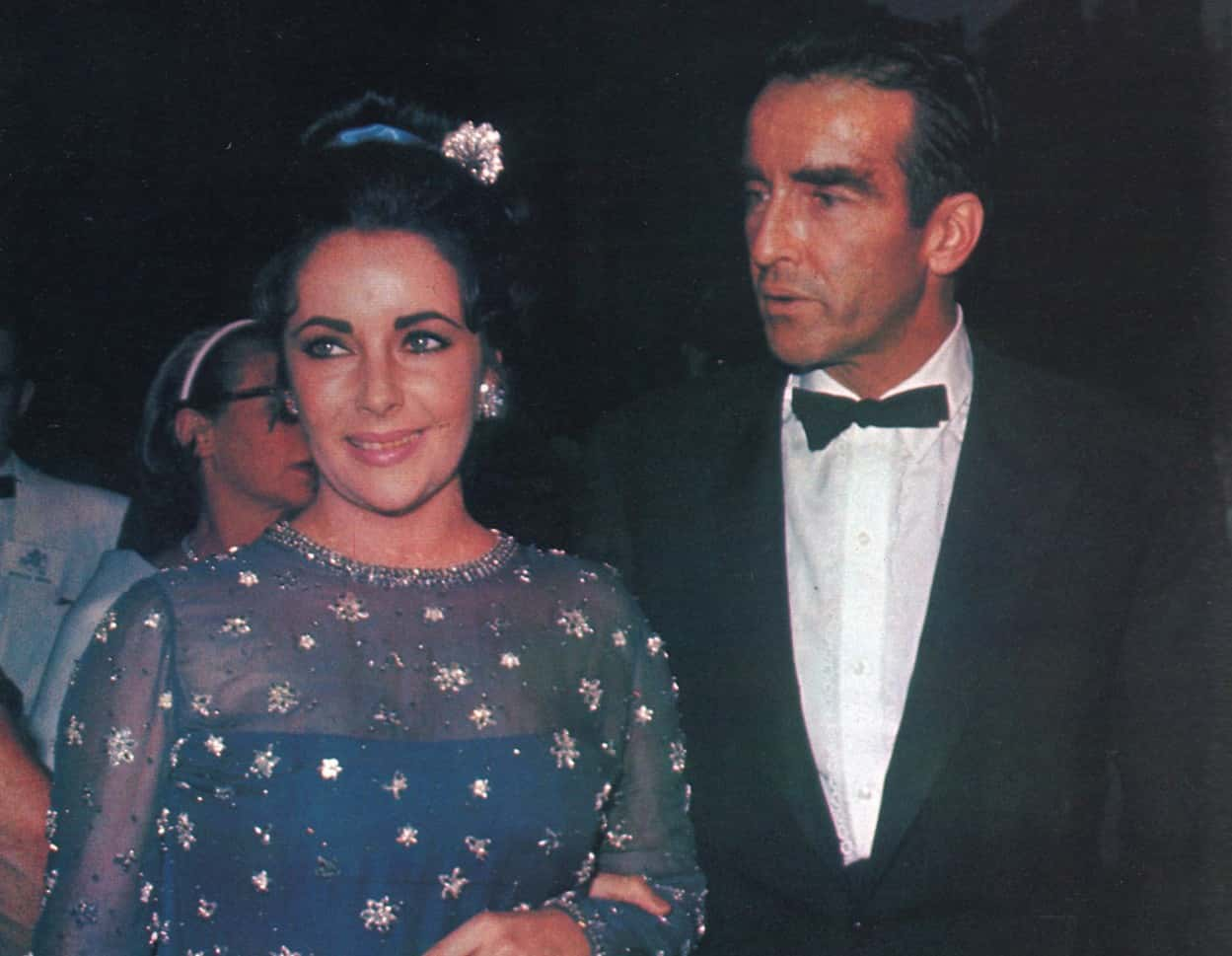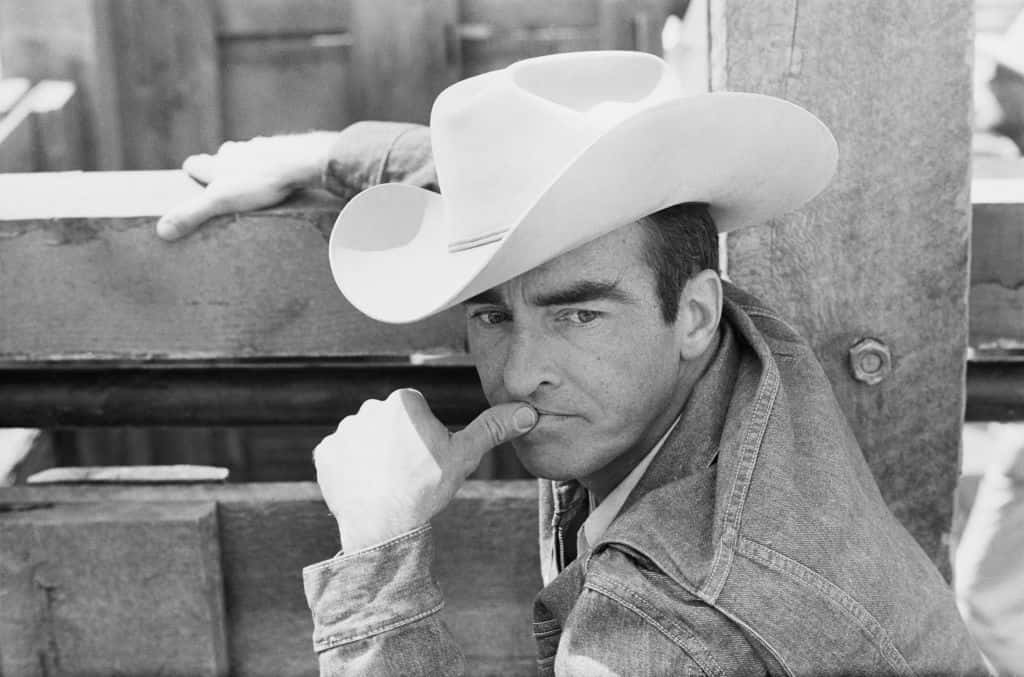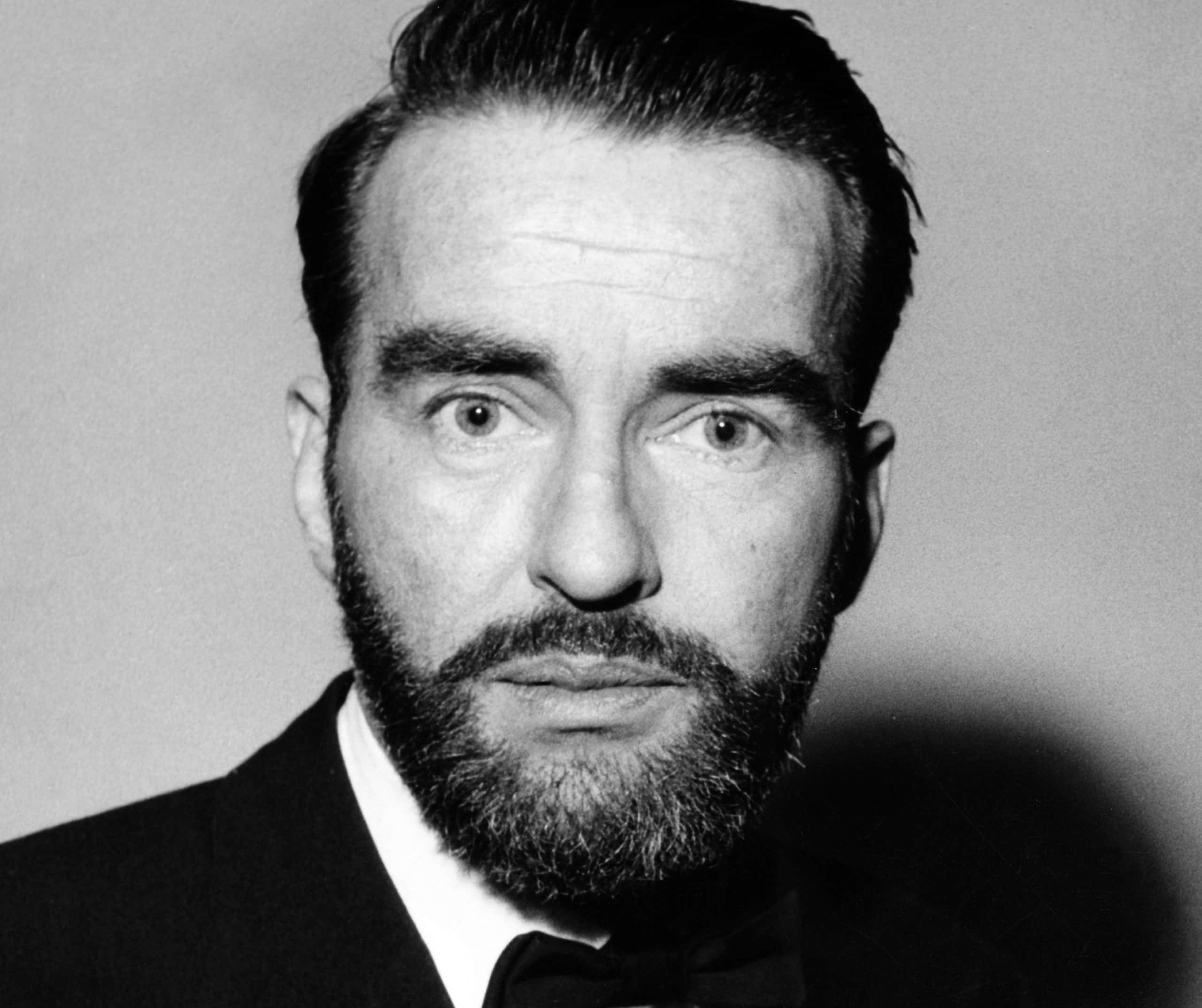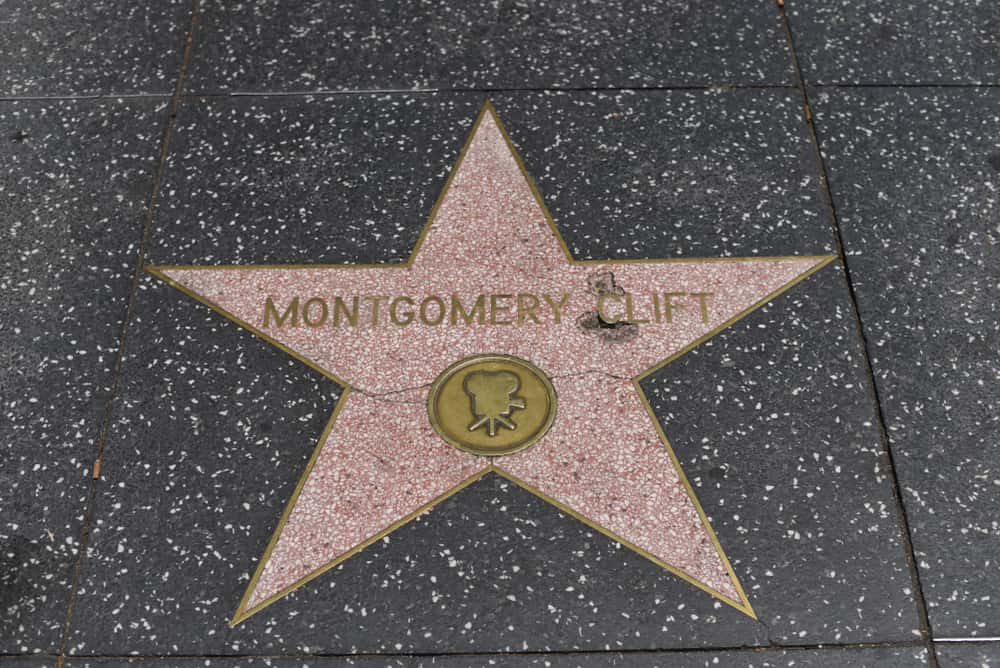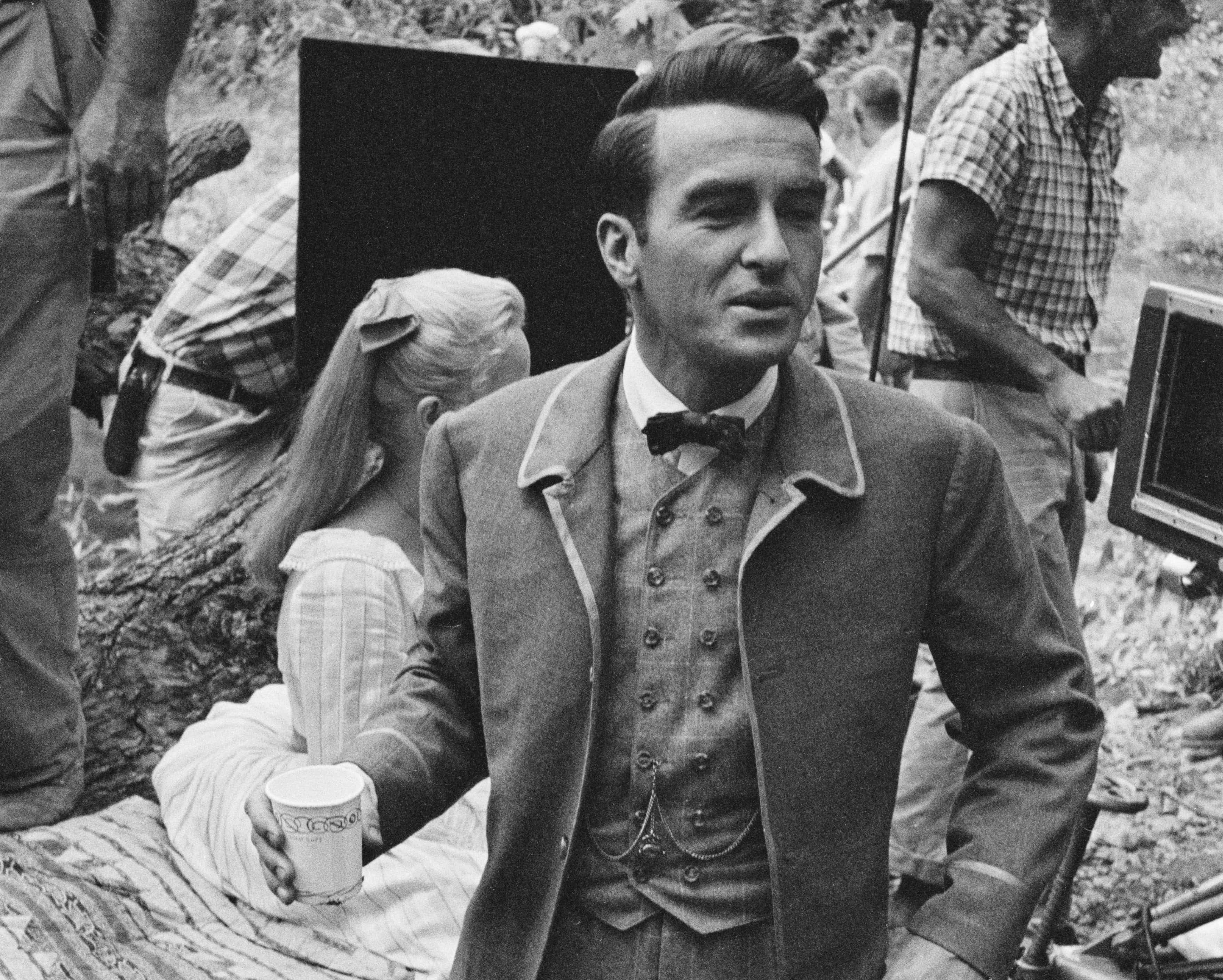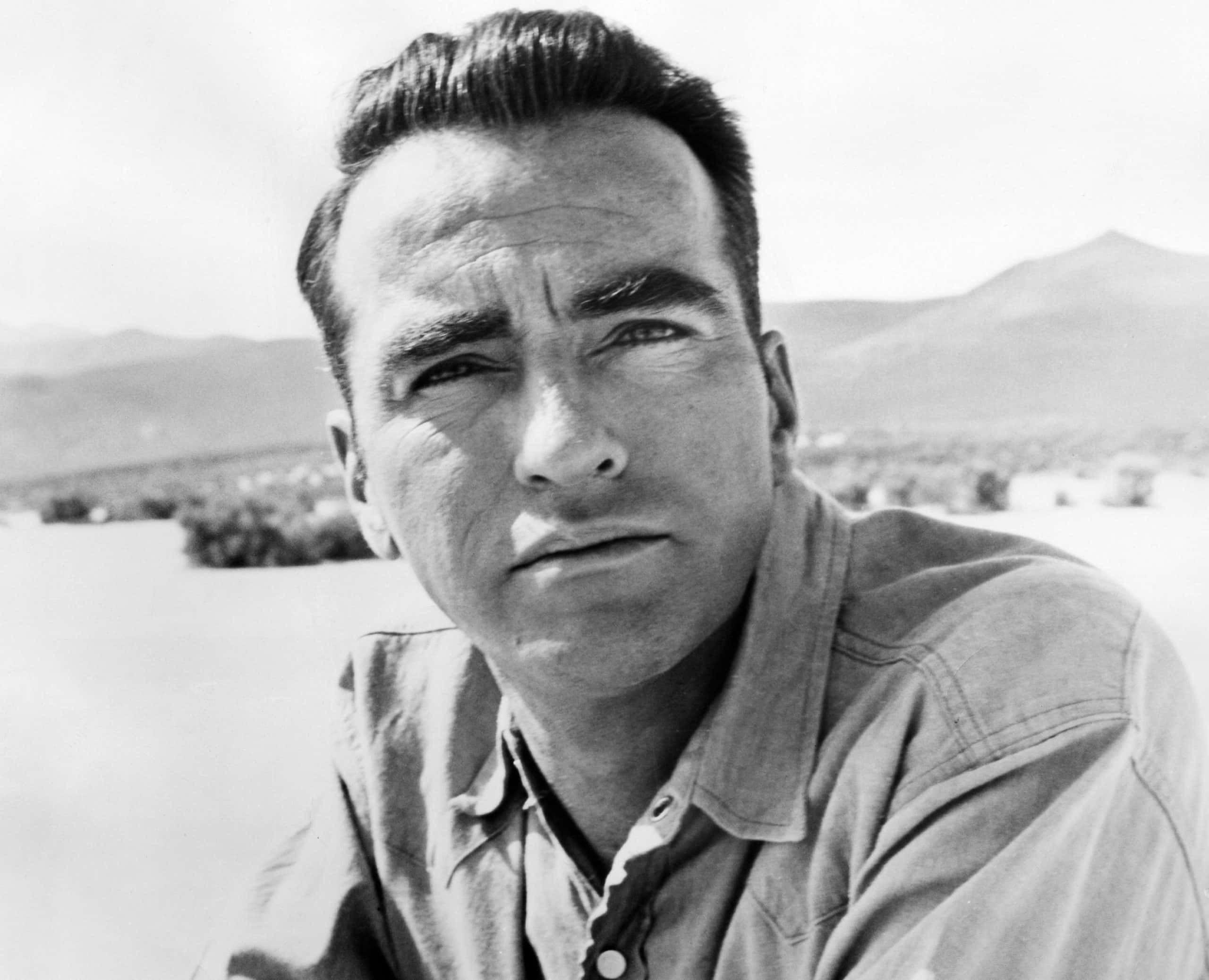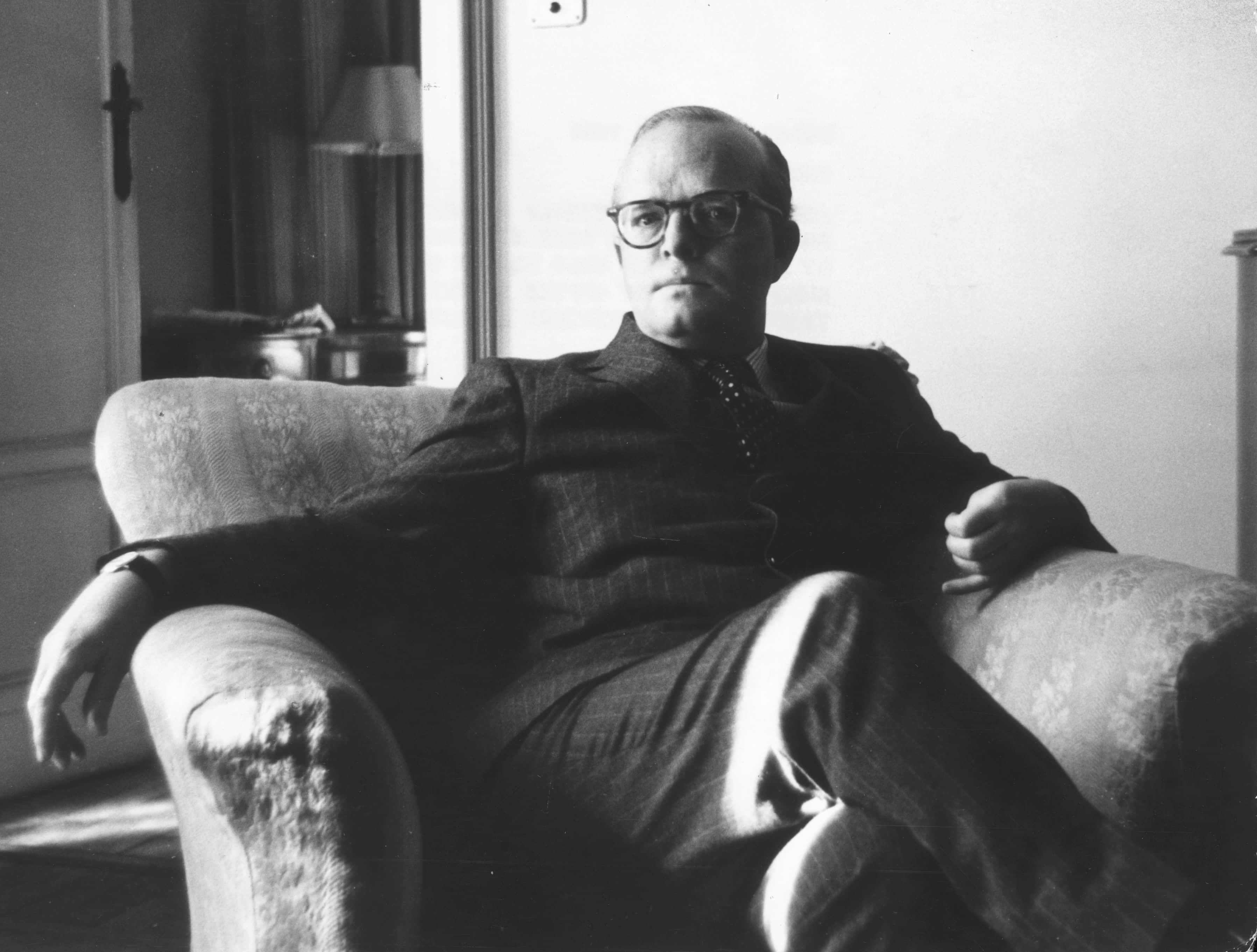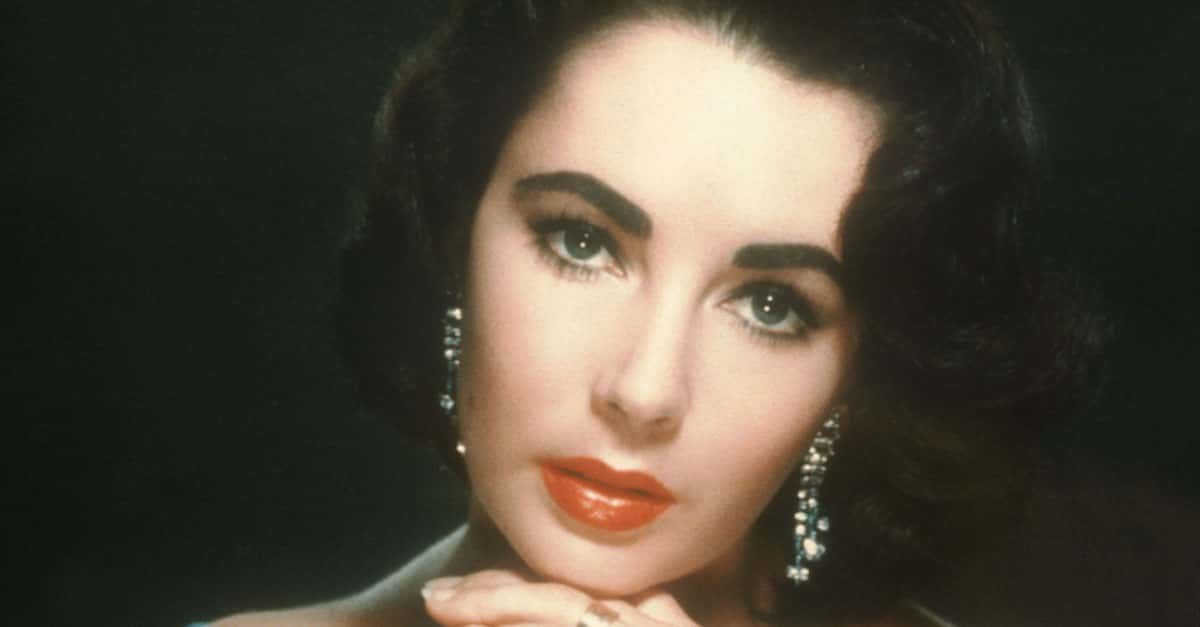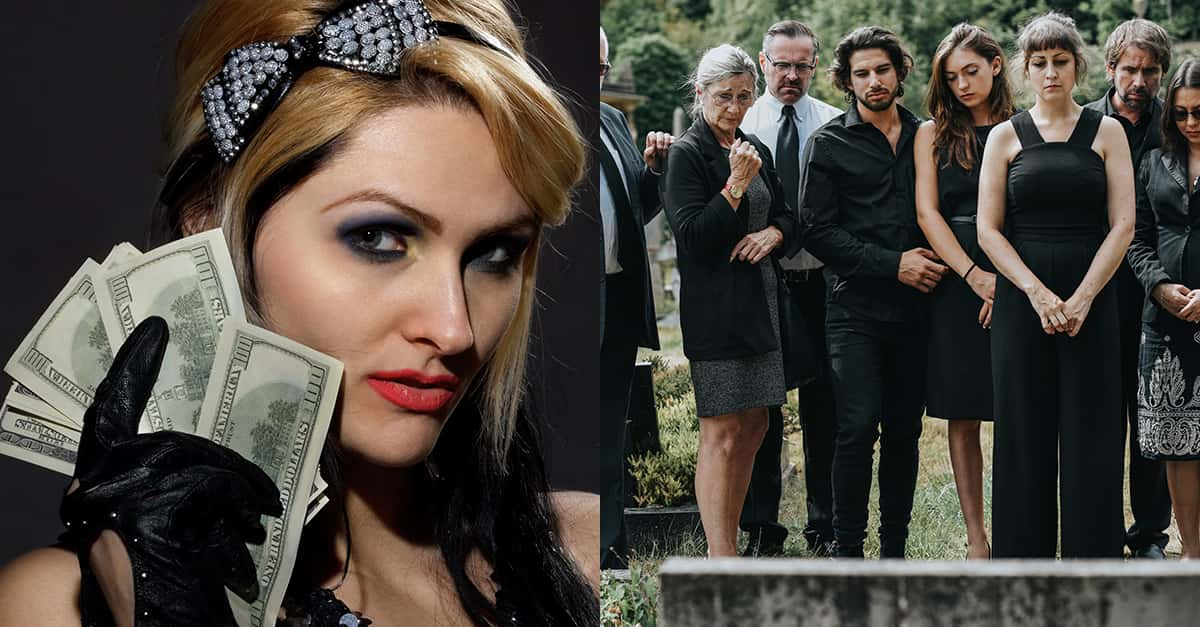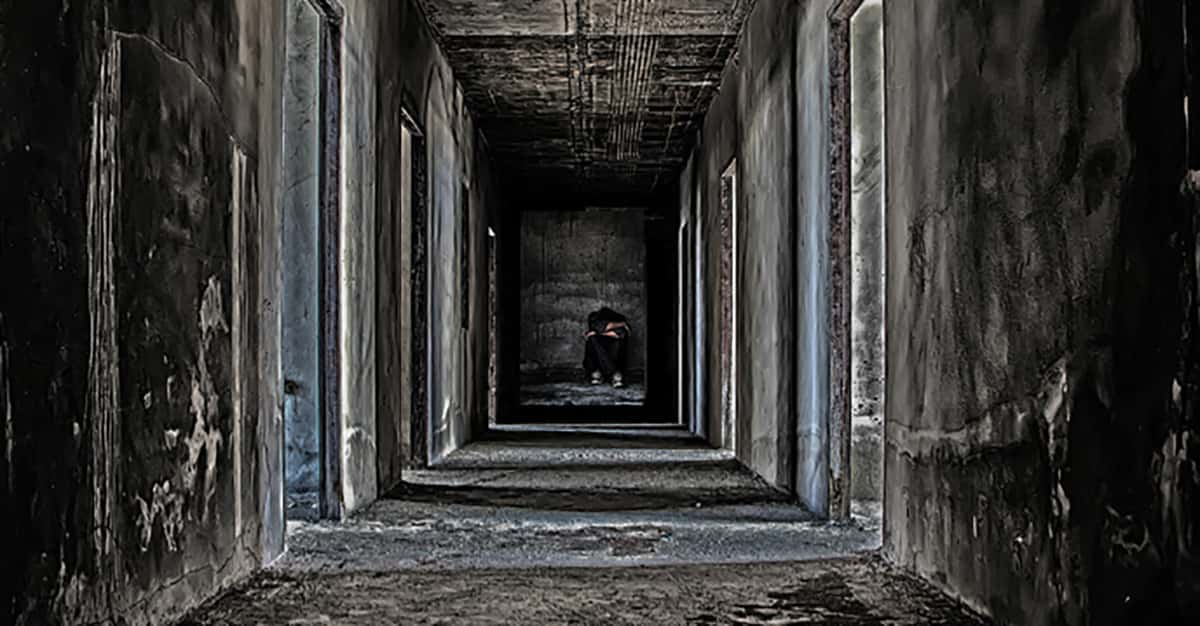Sensitive, mysterious, brooding, and suspiciously single. These are just among the many words which have been used to describe Montgomery Clift, the enigmatic heartthrob of the 1950s. He was one of Hollywood’s most desirable leading men, but mystery shrouded his entire private life. It wasn’t until years after his tragic passing that Clift’s darkest secret finally came out.
1. He Had An Aristocratic Upbringing
Born on October 17, 1920, Edward Montgomery Clift was born into a family with lofty ideals. His mother wanted all of her children to be raised as distinguished aristocrats, and as such, little Clift and his siblings received an elite upbringing: private tutors, extensive travel, and language lessons. He lived in a pampered bubble...until one day, it all came crashing down.
2. He Overcame A Rough Patch
In 1929, the Wall Street Crash hit Clift's father like a ton of bricks, and his mother's dreams disappeared in an instant. Suddenly, the Clift family was completely broke and had no choice to move to New York. Luckily, over time, they clawed their way back to financial security. But while his siblings enrolled in prestigious schools, Montgomery Clift went hurtling in a completely different direction.
3. He Went Hurtling Off Course
Clift simply wasn't cut out for school, and unlike his siblings, turned his back on higher education. His interests lay elsewhere. He naturally gravitated to the theater. Once on stage, Clift truly came into his own. He worked on a summer production where his talents blossomed and it opened an auspicious door—one that would seal his fate forever.
4. He Started Young
Clift's early foray into acting led him to a Broadway debut in 1935. He was only 15 years old, but this wasn't just a fun pastime—it was serious business. Over the next decade, the burgeoning actor dug his heels in and made a name for himself on the stage. Little did he know, he was always destined for something more. At the age of 25, Clift made the leap to Hollywood—but he was a rebel right from the get-go.
5. He Did Things His Own Way
Montgomery Clift was certainly one of a kind, and when he landed in Hollywood, it became extremely clear that he was going to do things his own way. Unlike many other actors, he didn't jump straight into a contract. Instead, he bided his time, and thankfully, luck was on his side. His first two films were smashing successes—and for very impressive reasons.
6. He Took Charge
In his first film, Red River, Clift had the chance to play opposite the western superstar John Wayne. Still, his second venture was perhaps even more of an impressive feat. You see, when Clift sat down to read through the script for The Search, he was less than enthused with the writing. Determined to make it better, he made some key changes—and they made all the difference.
The Search turned out to be a huge hit for Clift. With his screenwriting suggestions, the film took home an Academy Award. And the cherry on top? He also won a nomination for Best Actor. However, Clift soon realized that you can't always have your cake and eat it too...
7. He Didn't Like His Leading Lady
With unprecedented control over the projects he starred in, Clift agreed to do the romantic drama, The Heiress. This would not only show off his range but allow him to sidestep any dangers of typecasting. But right as filming began, he realized that he'd made a terrible mistake. His leading lady, Olivia de Havilland, disappointed him in every way—and his criticisms were downright brutal.
8. He Didn't Hold Back
In Clift's eyes, de Havilland imparted nothing of herself into the role. He pointed out that she just let the director determine her every move. But that wasn't all. Fed up with the script, Clift desperately wanted to change her lines, saying, "She isn't giving me enough to respond [to]." Of course, poor de Havilland soon had more than just her prickly love interest to contend with.
9. He Had Vicious Fans
Montgomery Clift was an undeniably attractive man, and before long, he'd cultivated a rather passionate female fan base. When The Heiress came out, Clift's loyal fanatics came with their claws out and wrote vicious letters to Olivia de Havilland for rejecting Clift's character in the film. But the drama didn't end there. For Clift, The Heiress was a mess from top to bottom, and he even walked out on the film's premiere, disgusted with his own performance.
But while Clift certainly seemed like a budding Hollywood heartthrob on the outside, in reality, he was far from it.

Sign up to our newsletter.
History’s most fascinating stories and darkest secrets, delivered to your inbox daily. Making distraction rewarding since 2017.
10. He Didn't Need Much
You see, Clift wasn't just a pretty face, he also had a bunch of quirks that made him incredibly singular in comparison to other leading men. Firstly, he didn't even like Hollywood, preferring to stay in New York as much as he could. And even then, he didn't live a glamorous movie star existence. Nope. Montgomery Clift spent a miserly 10 dollars a month on what his friends referred to as a "beat up" apartment. To Clift, however, he considered his humble home "terrific."
Of course, when it came to his appearance, this gorgeous star really didn't give a hoot.
11. He Wasn't Vain
One infamous fact about Montgomery Clift is that he only owned one suit. He became so known for his tousled appearance that the Los Angeles Times dubbed him the "Rumpled Movie Idol." With his ancient, ramshackle car, and a circle of friends outside the realm of Hollywood, he certainly didn't fit the mold. Moreover? He called it as he saw it, describing himself as an "ordinary, second-class wolf."
Of course, as unusual as his lifestyle seemed, he also had a number of interesting routines.
12. He Was A Rebel
Montgomery Clift didn't need much to keep himself happy and entertained. Even his diet was rather spartan: orange juice, steak, and eggs. And when it came to riotous parties, well, he avoided nightlife like the plague. There were no wild outings for this reserved homebody. Instead, Clift enjoyed reading, filling his spare moments with Chekov and Aristotle—diving into history, or learning about economics.
But when he did get a hankering for a fun excursion, Clift knew exactly where he wanted to be.
13. He Had A Different Idea Of "Fun"
Above all, Clift was perpetually curious. When he wasn't reading or preparing for his next role, he took pleasure in visiting the local night court. This was entertainment at its finest. He could watch the real grit of humanity play out before him—the court a stage for some of the most sensational high-profile cases. But even as Clift consistently took the road less traveled, he still had some biting things to say about the media, especially its desire to pin down his image.
14. He Hated Criticism
Clift's lifestyle had the press slotting him in with non-conformists of the day—right alongside hotshots like Marlon Brando—but the actor didn't respond well to being labeled and defined. Hollywood began to see him as hostile and messy and frugal, and Clift wasn't having it. When he read the story that criticized his bare-bones wardrobe, the scandalized actor lashed out with a biting response.
15. He Lashed Out
Montgomery Clift may have been one of the most self-aware actors of his day, and he certainly knew the name of the game. He believed that the media often, and easily, twisted the truth until it disappeared entirely: "I learned that most writers don't need interviews to write about me. They seem to have their stories all written out beforehand."
But the press will always be the press, and no amount of Montgomery Clift's ire could change that. Whether he liked it or not, they were out for a story...And the one they wanted above all? An inside look at the actor's secretive love life.
16. He Stumped The Press
Okay, if we're being totally honest, Montgomery Clift's reserved lifestyle didn't exactly excite the press; it actually kind of stumped them. Not only did he rarely go out in public, but he also didn't date. Unlike many of his handsome contemporaries, he never had a blonde bombshell hanging off his arm. He surely wasn't a suave Prince Charming, and yet, on-screen, he was a downright masterpiece.
Grasping at straws, the media decided to do what little they could to sensationalize the actor's non-existent
lovemaking.
17. He Shot Them Down
One of Clift's closest friends was a woman named Myra Letts, and for the ruthless gossip columns, it wasn't a huge leap from "friend" to "girlfriend." Clift didn't entertain this for a second and shot the sordid speculations down immediately, saying that there was zero intimacy between them: "those romantic rumors are embarrassing to both of us."
But for Clift, there was just no escape, and it was only going to get worse.
18. He Found Real Chemistry
In 1951, Clift embarked upon one of his most famous roles as George Eastman in A Place in the Sun. Not only would this film win him respect for his impeccable acting performance, but it would also fuel a brand new cycle of romance rumors. After all, his leading lady was none other than the beguiling Elizabeth Taylor, and together, these two stars were pure fire.
19. He Was Beautiful
Although Clift and Montgomery were only good friends, their coupling in A Place in the Sun helped drive its popularity. They were even called "the most beautiful couple in Hollywood." As hard as the press tried, they couldn't seem to breathe life into this nonexistent romance. In the face of such criticism, Clift went ahead and confused the gossip columns even more.
20. He Threw Them Off
There was a nonchalance to Clift's attitude in regards to women. He told everyone that he'd marry when he met the right girl, but that in the meantime, he was simply "playing the field." Once, when questioned about his pastimes, he quipped, "Yes, women." But where were they? Where were these so-called "women?" Well, at the very heart of it all, Montgomery Clift hid a dangerous secret—one that wouldn't emerge until years later.
21. He Had A Happy Reunion
After the success of 1953's From Here to Eternity, Montgomery Clift suddenly stopped making films. What finally brought him back to the screen? Well, in 1955, he had a chance to reunite with his old friend and co-star, Elizabeth Taylor, in Raintree County. But just as Clift dove into this exciting new chapter, an unforeseen tragedy changed everything.
22. He Had A Tragic Accident
While filming Raintree County, Clift attended a dinner party at Taylor's house—but sadly, he didn't make it home in one piece. While driving, he fell asleep at the wheel and the consequences were utterly gruesome. Fellow actor Kevin McCarthy was driving ahead of Clift when the horror show went down. As his eyes drifted closed, Clift suddenly veered off the road and drove straight into a telephone pole...
23. He Was A Bloody Pulp
Realizing that Clift was in mortal danger, McCarthy raced to the scene of the accident. Nothing could have prepared him for what he discovered. In remembering Clift, McCarthy said, "his face was torn away—a bloody pulp. I thought he was dead." He immediately returned to Taylor's house to notify the party of the bloody disaster.
What happened next has since become the stuff of Hollywood legend.
24. He Lay In Her Arms
There are a few versions that detail the aftermath of Clift's accident, but one has all the drama of a motion picture itself. Allegedly, Rock Hudson was there to pull Clift from the wreckage and it was Taylor who held the stricken actor in her arms. But that wasn't the wildest part of the story. As he lay wounded in the arms of his dear friend, Clift began choking and pointing to his throat. Something was seriously wrong.
25. His Face Would Never Be The Same
Apparently, one of Clift's tooths had pierced his tongue, causing him to choke. Taylor immediately stuck her delicate, little hand down his throat and removed the obstruction. But her heroism didn't end there. Before long, photographers began to descend on the gory scene. Fearful for her friend's image, she threatened the press: If they even dared to take one photo of her friend, she would personally ensure the end of their careers.
26. He Had A Real Love Story
Whether this captivating story is real or not remains to be seen. However, one salient fact remains: Clift's ruined face never made it to the papers...In fact, not one photograph of that night exists. As such, Taylor's intervention only enhances the very real love story that existed between her and Clift. Whether platonic or not, these two actors shared an undeniable bond that was undeniably strengthened by this one unfortunate event.
But even though his marred looks never made it to the headlines, for Clift, the horror was far from over.
27. He Was Lucky To Be Alive
After his accident, Clift had an arduous road to recovery. His injuries included a broken nose and jaw, a fractured sinus, and deep cuts across his face that called for extensive plastic surgery. In fact, his doctors considered it "amazing" that the actor had even pulled through. However, this was no quick fix. Clift's recuperation took months, and when he finally returned to set, there was more trouble afoot.
28. His Appearance Shocked Audiences
Because of the accident, the studio worried about the success of Raintree County. Clift, of course, knew better. He knew that people would flock to the cinema just to see his damaged face. In all honesty, his face wasn't horribly changed at all, but there was one shocking difference. Although he'd only been away from Hollywood for four and a half years, the handsome Montgomery Clift looked incredibly old—and the reason was downright heartbreaking.
29. He Battled An Addiction
You see, the entire healing process put Clift through the paces. The surgeries led to the use of strong painkillers. That, combined with his spiraling alcohol addiction, wrung the youth right out of the handsome actor. He looked about ten years older than the Montgomery Clift audiences remembered and adored. But this wasn't the actor's first time at the rodeo.
30. He Had A Chronic Illness
Years before, Clift had battled dysentery, which introduced him to the sinister side effects of pain management. It left him with chronic health issues for the rest of his life. Although he may not have realized it, Clift's horrific accident sparked the beginning of the end, intensifying his preexisting ailments and sending him down a dark path from which he could never return.
31. He Began To Spiral
Clift's teacher, Robert Lewis, called his gradual decline "the longest suicide in Hollywood history." Although he had problems before filming Raintree County, Clift's drinking was more pronounced than ever. Throughout filming, members of the crew came up with code words to alert everyone about the lead actor's level of intoxication. But this was only the beginning.
32. He Faced Their Judgment
Author Christopher Isherwood aptly illustrated Montgomery Clift's shocking transformation: "Nearly all his good looks are gone...He has a ghastly, shattered expression." But remember, Clift was never one to dwell on his looks, and it must have been frustrating that everyone else cared so much. He hated the criticism and the labels, and eventually, he just couldn't take it anymore.
33. He Just Wanted To Act
On the set of 1958's Lonelyhearts, Clift had a message for those that tried to fit him into a box. In his eyes, he wasn't a rebel, he was simply an actor who wanted to portray a "slice of life." Tired of being boxed in, he stated, “I am not—repeat not—a member of the Beat Generation. I am not one of America’s Angry Young Men. I do not count myself as a member of the ripped-sweatshirt fraternity.”
Of course, Clift's words had always been futile in the face of Hollywood. Luckily, although the public was out for blood, there was one woman on his side.
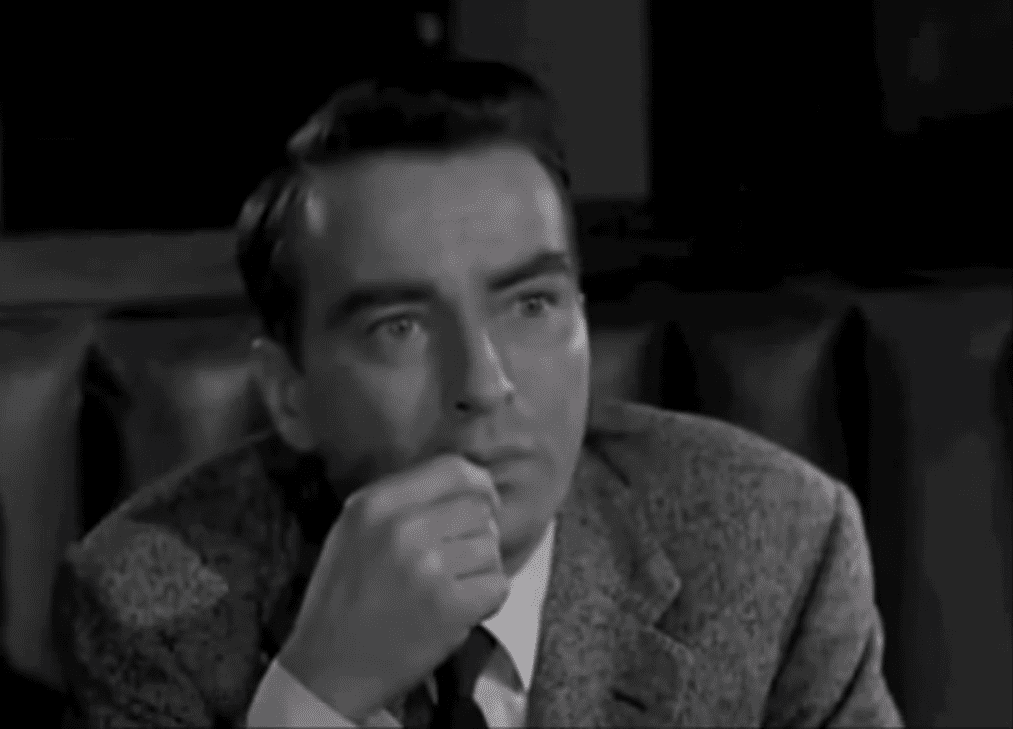 Lonelyhearts (1958), United Artists
Lonelyhearts (1958), United Artists
34. He Was A Liability
Elizabeth Taylor stuck by her friends, and Montgomery Clift undoubtedly claimed a special spot in her heart. The next year, Taylor used her status to wrangle an acting part for Clift; she demanded that he be a part of Suddenly, Last Summer. Of course, by this time, Clift's drinking problems weren't much of a secret, making him a liability to the studio.
They took a risk on the troubled actor—and it ended badly.
35. He Was A Mess
With Clift on board, Suddenly, Last Summer morphed into a verifiable mess. When it came to the lengthier scenes, the actor just couldn't deliver; they had to be divided into smaller cuts just so he could see them through. The director, Joseph Mankiewicz, was appalled by this wavering professionalism—but when he tried to fire Clift, two angels intervened.
36. He Had Guardian Angels
Elizabeth Taylor and Katharine Hepburn came to Clift's defense when the director tried to get rid of him. In fact, Hepburn was so offended by Mankiewicz that she did something outrageous. After filming wrapped, she tracked him down and spat directly in his face. However, even with all the negative hubbub surrounding this shoot, it was nothing compared to the darkness of one of Clift's next projects.
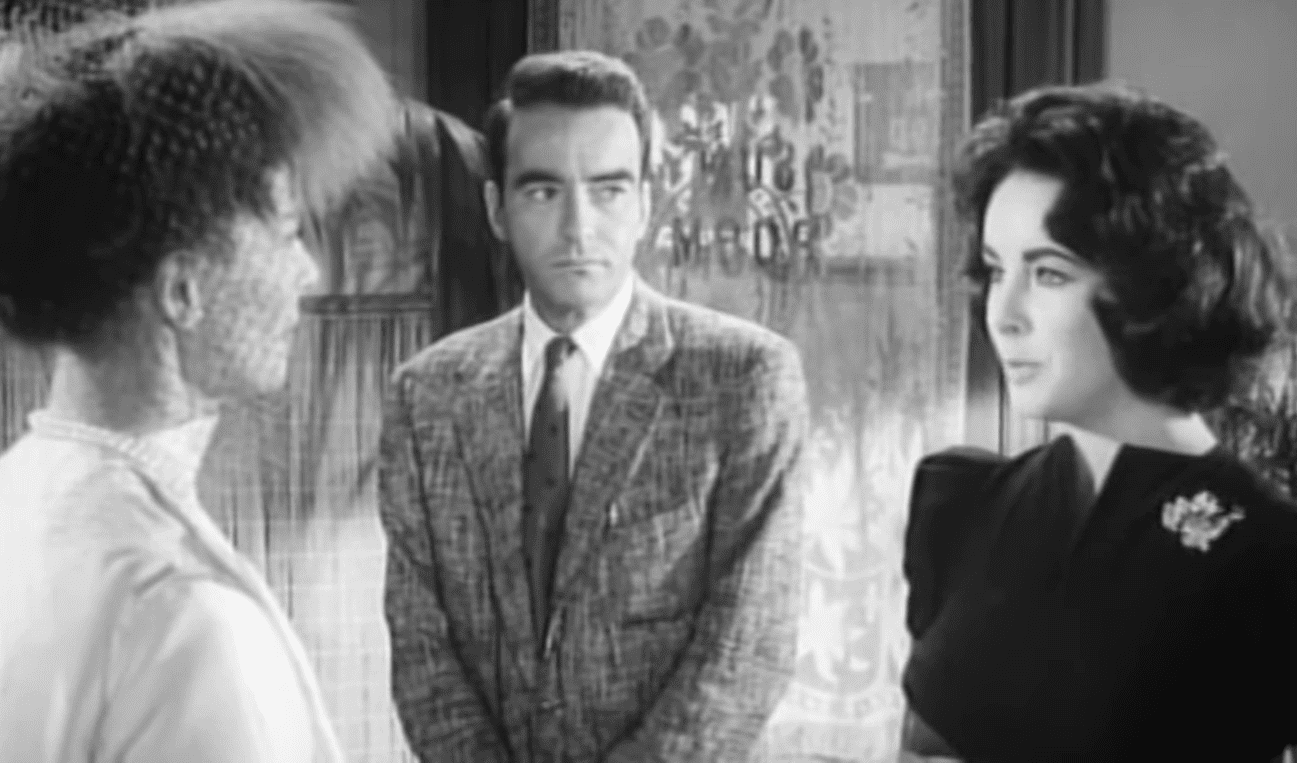 Suddenly, Last Summer (1959), Columbia Pictures
Suddenly, Last Summer (1959), Columbia Pictures
37. He Had Some Misfit Co-Stars
In 1961, Montgomery Clift went on to star alongside some of Hollywood's greatest legends—Marilyn Monroe and Clark Gable. However, the filming of The Misfits had a shadow lurking over it. Every actor was in the midst of fighting their own demons. Allegedly, the director brought Clift on board, thinking he'd be a "soothing effect" for Monroe. But even the troubled blonde bombshell recognized that her co-star was in dire straits.
38. He Was In Bad Shape
A year and a half away from her own tragic end, Marilyn Monroe described Clift as "the only person I know who is in even worse shape than I am." Together, this cast truly reflected a band of withering misfits. The entire experience had a cursed tinge to it, and before long, it left disaster in its wake. About a month after The Misfits wrapped, Gable suffered a heart attack and passed. But the tragedies didn't end there.
39. Darkness Surrounded Him
At the time of the premiere, Monroe had been admitted to a psychiatric ward and required a day pass just to attend. Of course, Clift didn't walk away unscathed either. The unhinged character he played in the film hit too close to home and psychologically drained him. And then there was the physical toll. Clift gained actual scars from some filming mishaps...
A bull's horn scarred his nose and his attempt to tame a horse gave him intense rope burn—not to mention all the other scrapes he earned along the way. From here on out, however, he plunged even further into his addiction.
40. They Sued Him
Soon, Montgomery Clift became almost impossible to work with. He could barely remember his lines and often didn't show up to set. Universal Studios actually sued him for the losses they incurred because of his troublesome behavior. Soon, the washed-up actor was completely out of work. Nobody wanted to deal with him anymore, and for four years, he couldn't land a single role.
41. He Had One Last Chance
In 1966, Clift's stalwart friend, Elizabeth Taylor, came to his aid once again and managed to get him a part in Reflections in a Golden Eye. She had always been there for him, and once said, "Monty could've been the biggest star in the world if he did more movies." But Taylor's dedication to her friend went above and beyond.
In order to get him the part, she had to offer up some kind of insurance, and this time, she put her own salary on the line. Finally, Clift had a chance to climb out of his slump—but before he made it over the top, tragedy struck.
42. He Wanted To Be Alone
July 22, 1966, was a sweltering day in New York City, and Montgomery Clift had been languishing in his townhouse on 61st Street. At the end of the day, Clift's private nurse Lorenzo James checked in on him just after midnight. James found his patient sitting up in bed and watching his film, The Misfits, but Clift clearly didn't want to be disturbed.
When James offered to join him, the belligerent shot him down immediately, crying, "Absolutely not." Sadly, this was Montgomery Clift's final interaction.
43. He Didn't Answer The Door
The next morning, James returned to Clift's room to rouse him but found the door locked. However, his worry began to mount when the actor didn't respond to his insistent knocking. With alarm bells screaming in his head, James raced outside to fetch a ladder, climbing up toward Clift's bedroom window. But when he climbed into the room, he discovered something absolutely gut-wrenching.
44. His Nurse Found Him
In the bathroom, James found Clift in his bathtub, undressed and obviously deceased. The entire scene was extremely unsettling as Clift still wore his eyeglasses, and had his hands rigidly clenched. Horrified, James immediately called for help, but of course, it was already too late. Whisked away to the morgue, Clift's body underwent an autopsy that shed some light on his sudden demise.
45. He Died Too Young
Montgomery Clift had passed due to a heart attack, but many assumed that his addictions and various health problems contributed to his early death. Some of the greatest celebrities of the day came out to mourn Clift at his funeral, including Lauren Bacall and Frank Sinatra. Sadly, his greatest friend Elizabeth Taylor could only send flowers from Rome.
Of course, Clift took one of his greatest secrets to his grave.
46. He Was Gay
You see, the reason behind Montgomery Clift's barren dating life was rather simple: He was gay. That said, he kept his sexuality a secret: The prejudices of the time left him no choice. Allegedly, he'd been forewarned that the truth would destroy his career, and as a result, the actor became increasingly wary of appearing feminine in any way.
Upon closer inspection, Clift's career reveals notable clues as to who he genuinely was and the private struggles he faced.
47. He Kept It A Secret
Determined to keep his gayness under wraps, Clift made sure that his masculine facade shone onscreen. While filming The Search, he asked the director to reshoot a scene for one baffling reason: He called a boy "dear." But that wasn't all. Even the press seemed to unintentionally hit upon the one thing he wanted to keep hidden, with titles like "Two Loves Has Monty" and "Monty Clift: Woman Hater or Free Soul?"
48. He Was Lonely
Still, unlike other notable gay actors, any affairs Montgomery Clift had were secured behind a lock and key. Luckily, his isolated lifestyle gave him an advantage. He may have been "lonely" but the distance he put between his public life and his work life helped keep his mysterious bachelorhood in check. And even more shocking? The truth didn't come out until the 70s.
49. His Secrets Came Out
Montgomery Clift's sexuality finally emerged with the help of two biographers, and before long, the public turned him into a gay icon. And yet, the mystery persists. The pieces of the puzzle don't quite fit. While his brother claimed that Clift was bisexual, writer Truman Capote's unpublished work alludes to Clift's gayness quite explicitly.
Some believe that Clift's romantic leanings were much less of a secret than originally thought.
50. She Never Forgot Him
Whatever the case may be, Montgomery Clift's life was unbelievably impressive and distressing. Quite fittingly, he once said, "The closer we come to the negative, to death, the more we blossom." Even after his passing, his forever friend, Elizabeth Taylor, never forgot him. She continued to stand by his memory by supporting gay rights and speaking out against homophobia.

